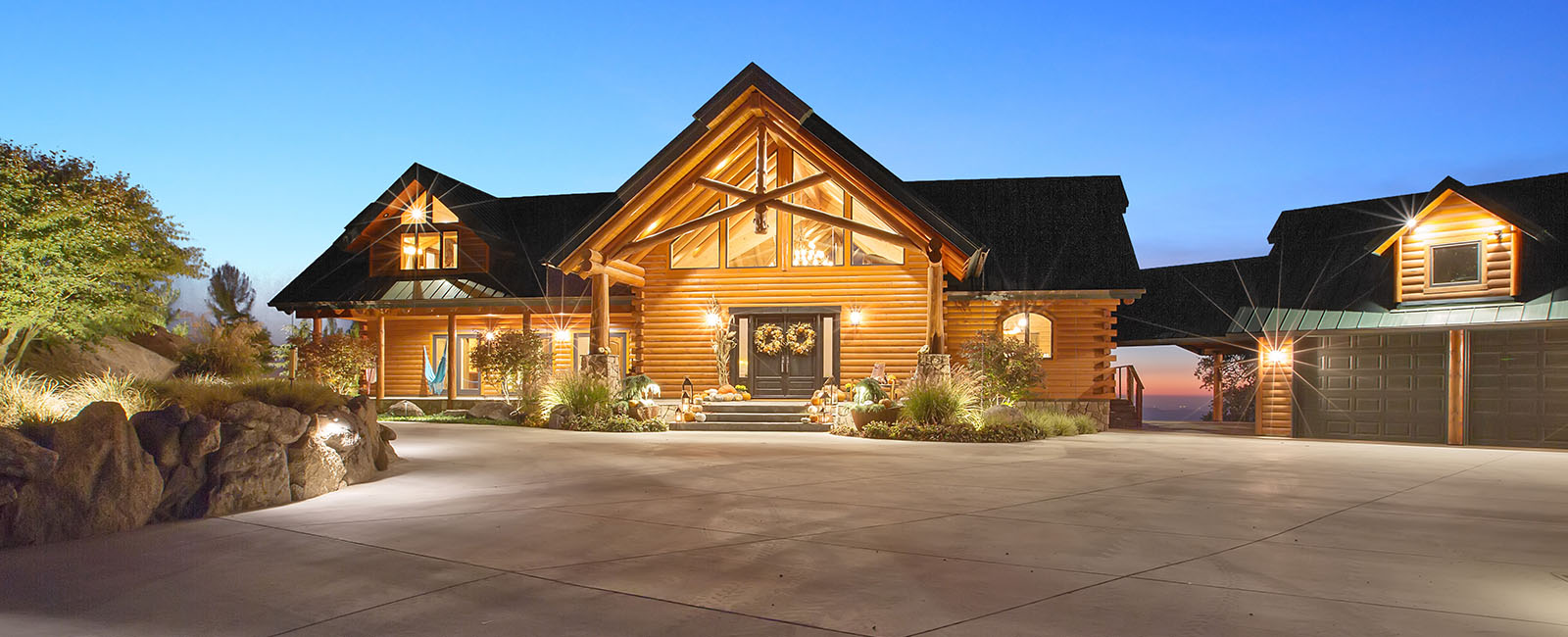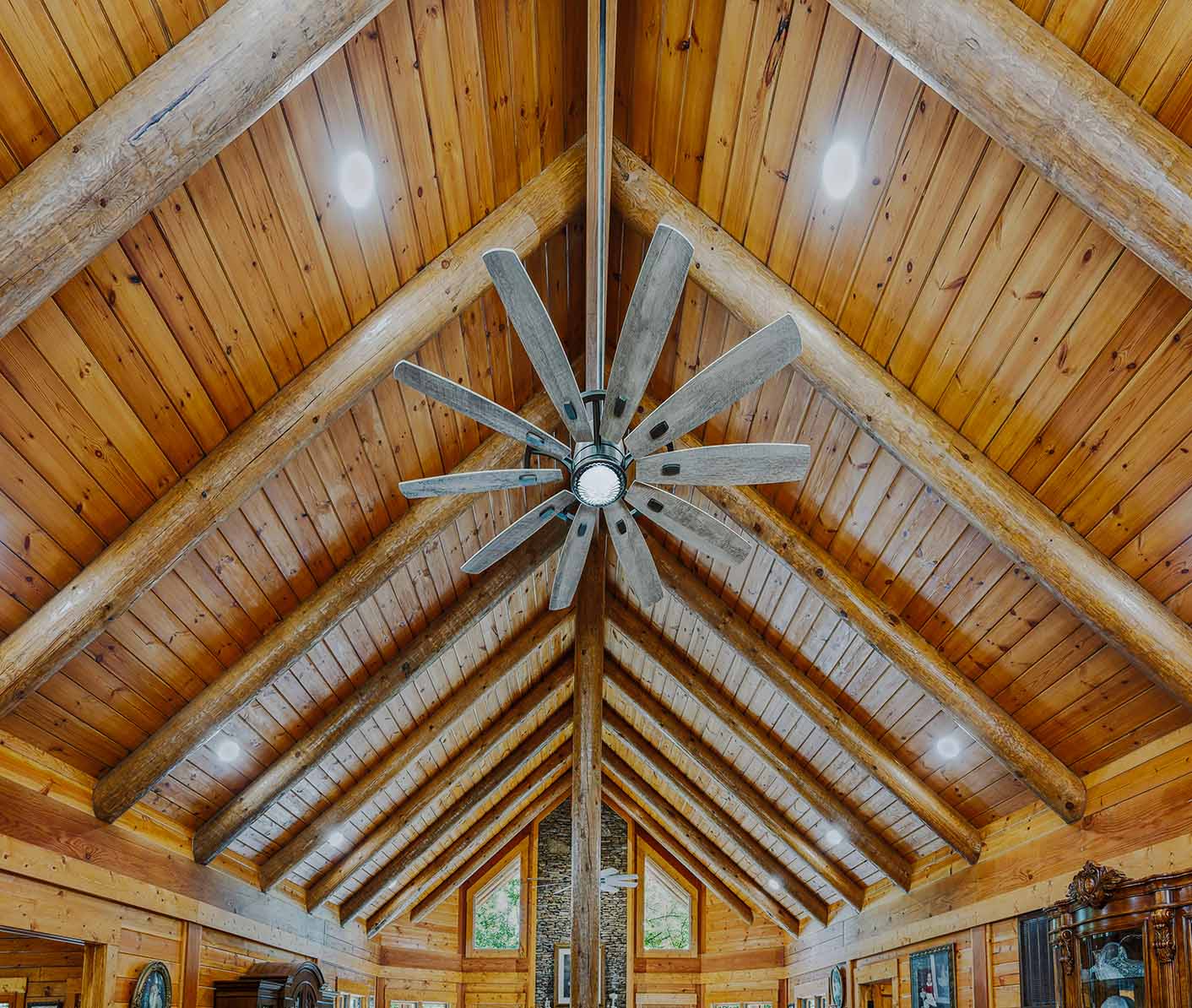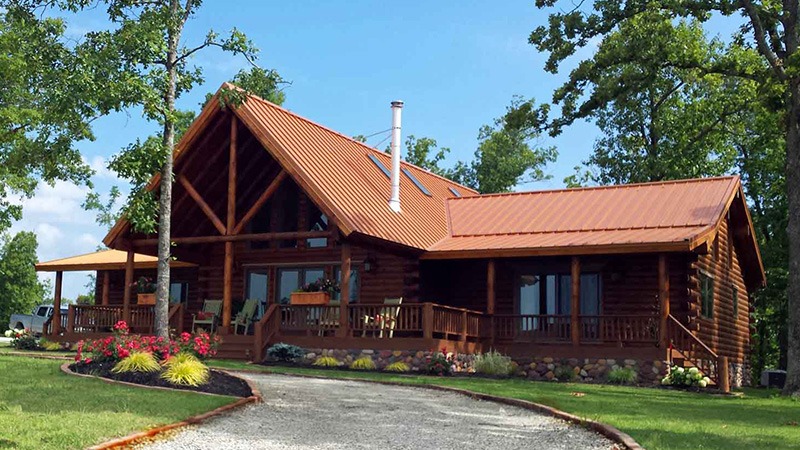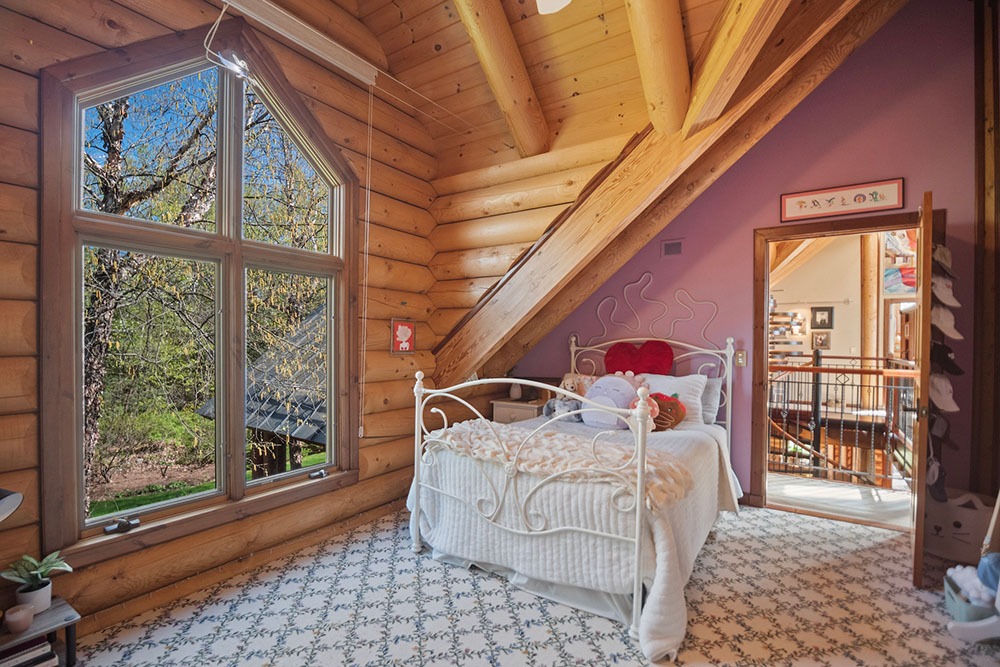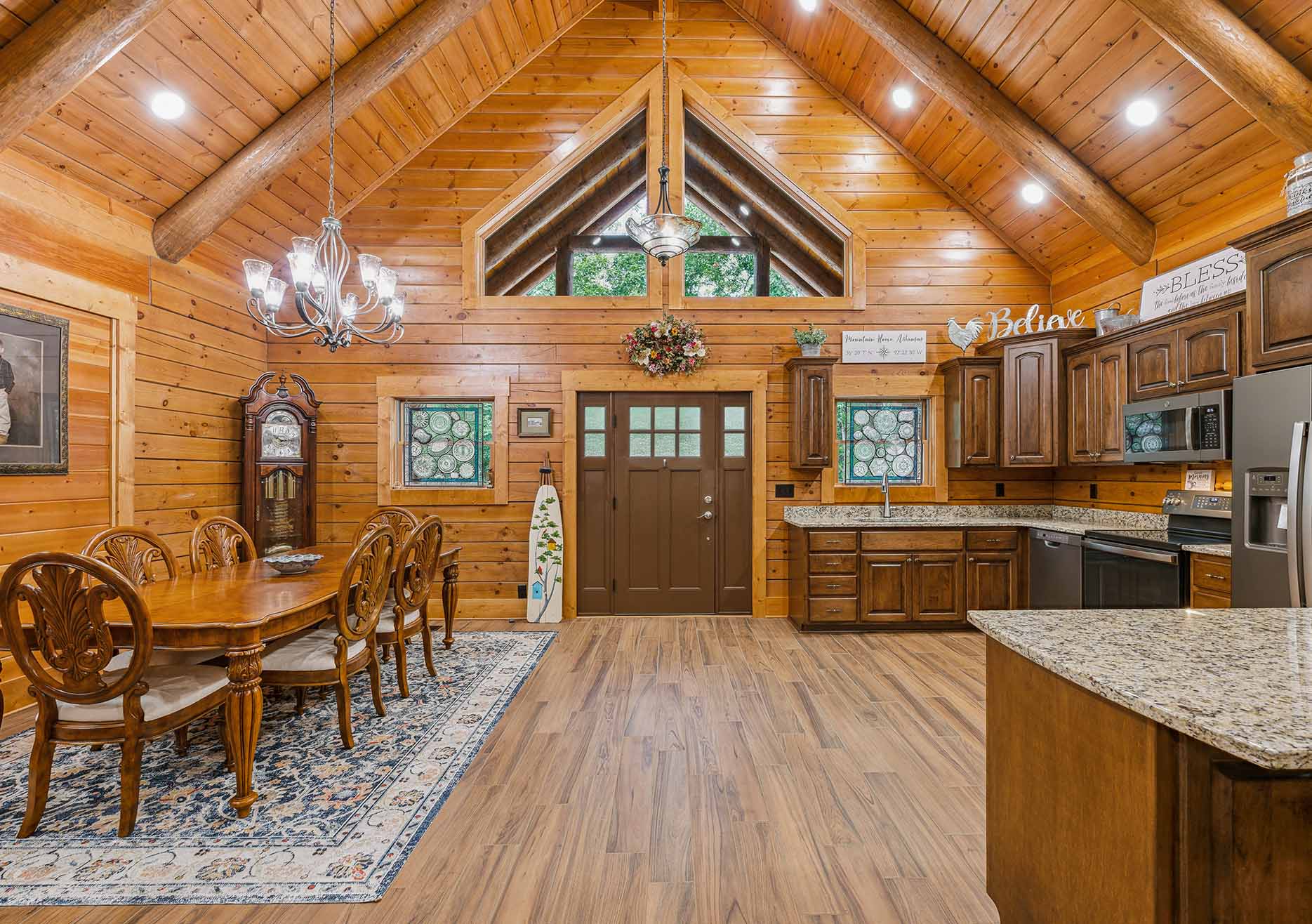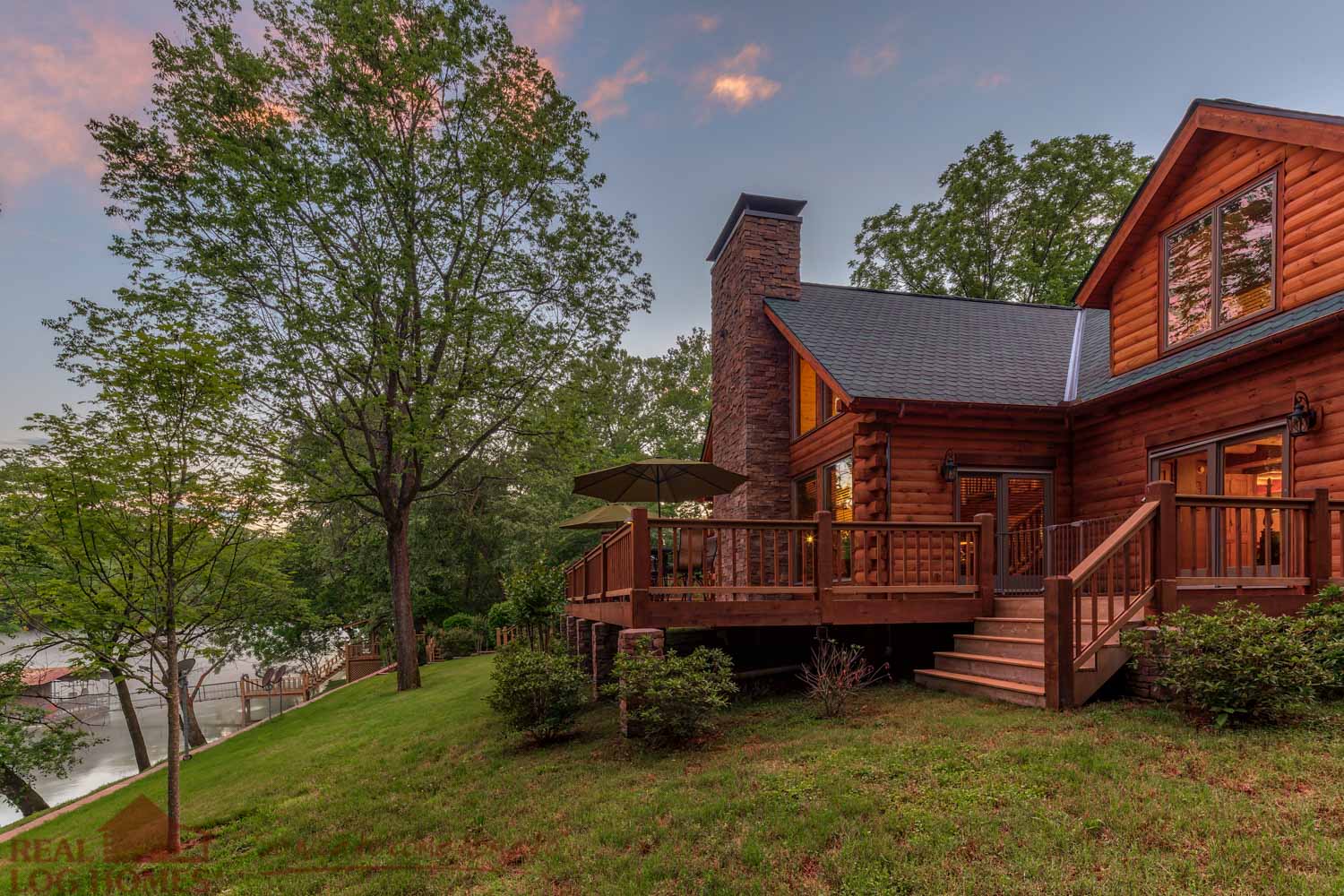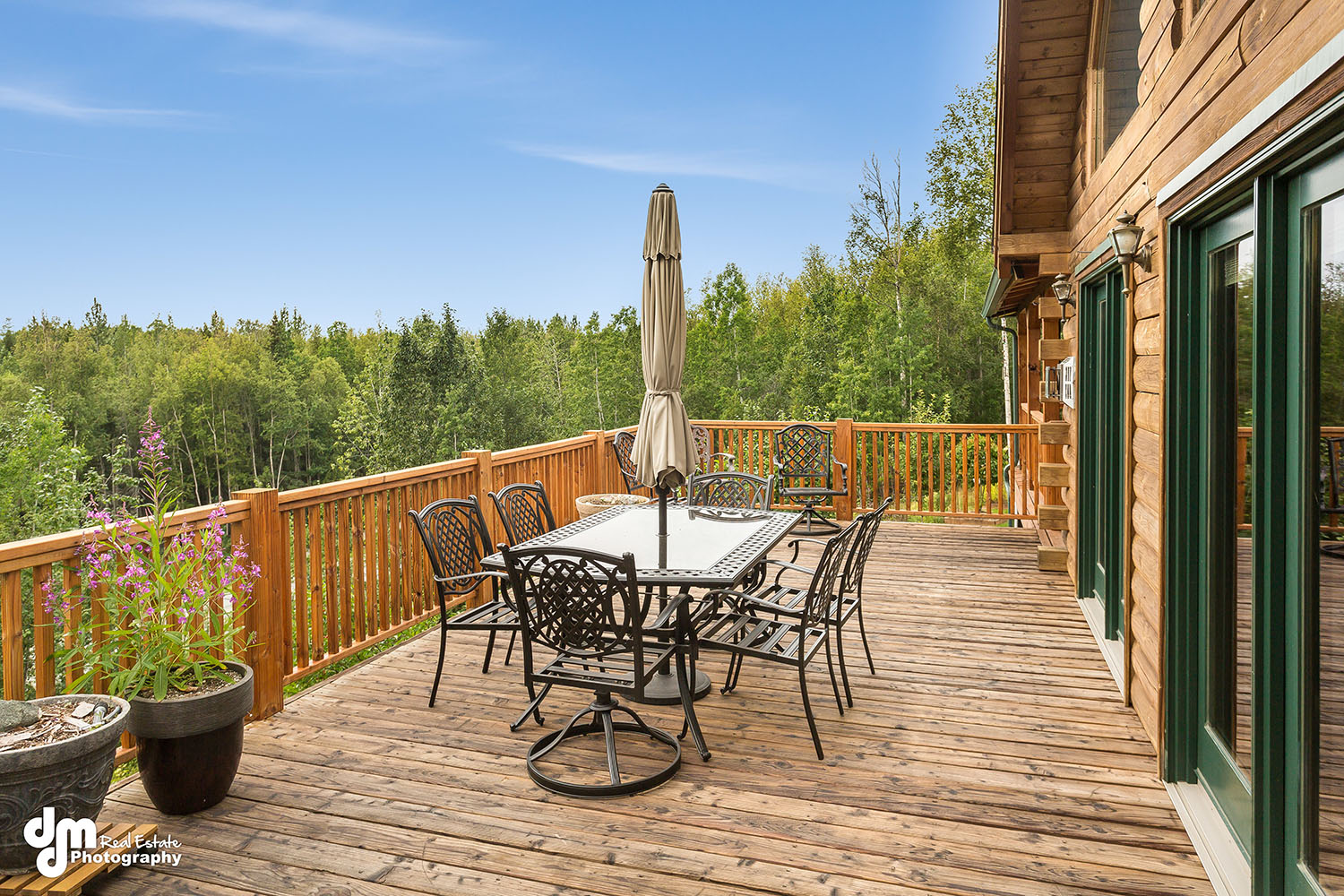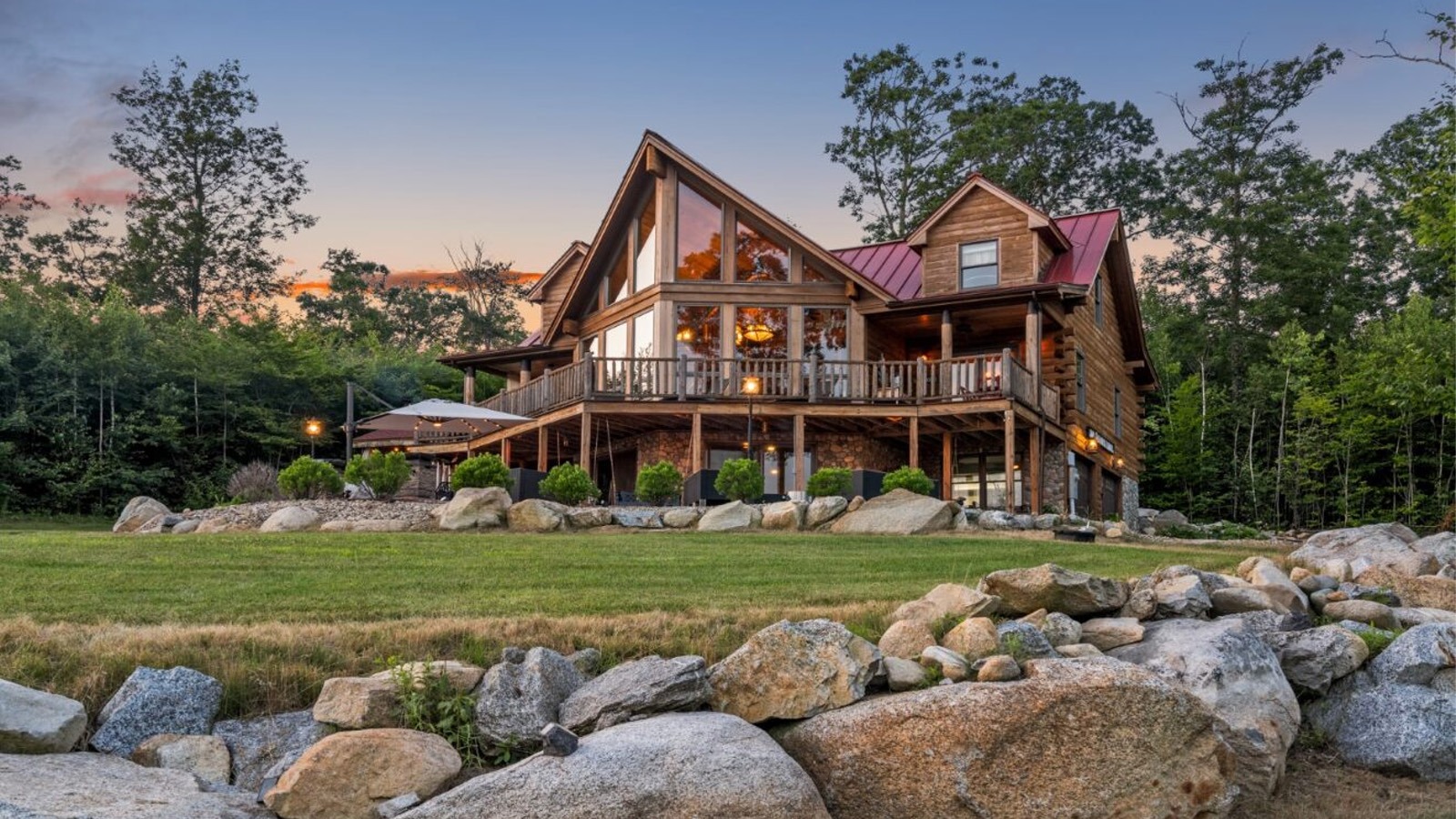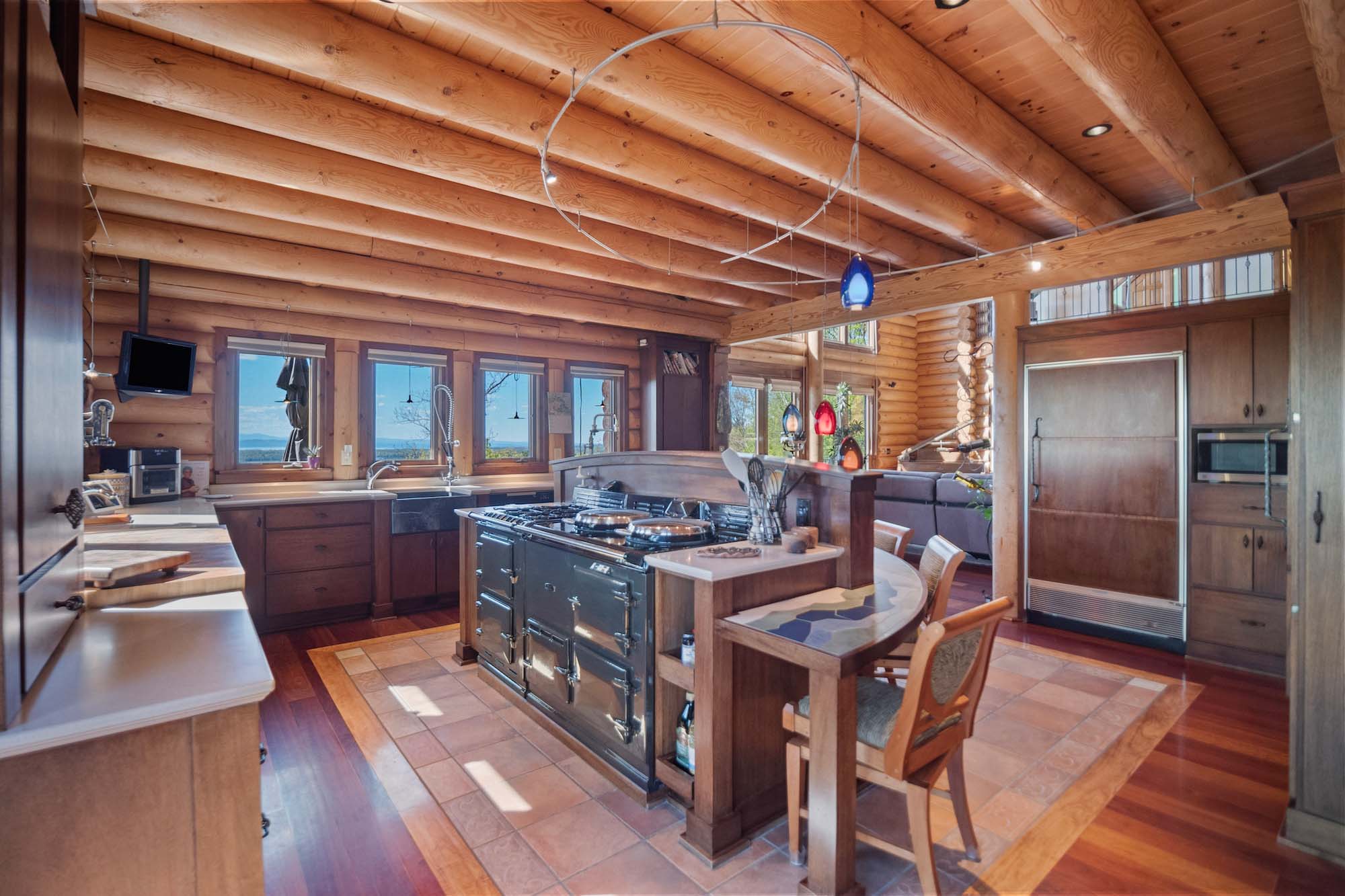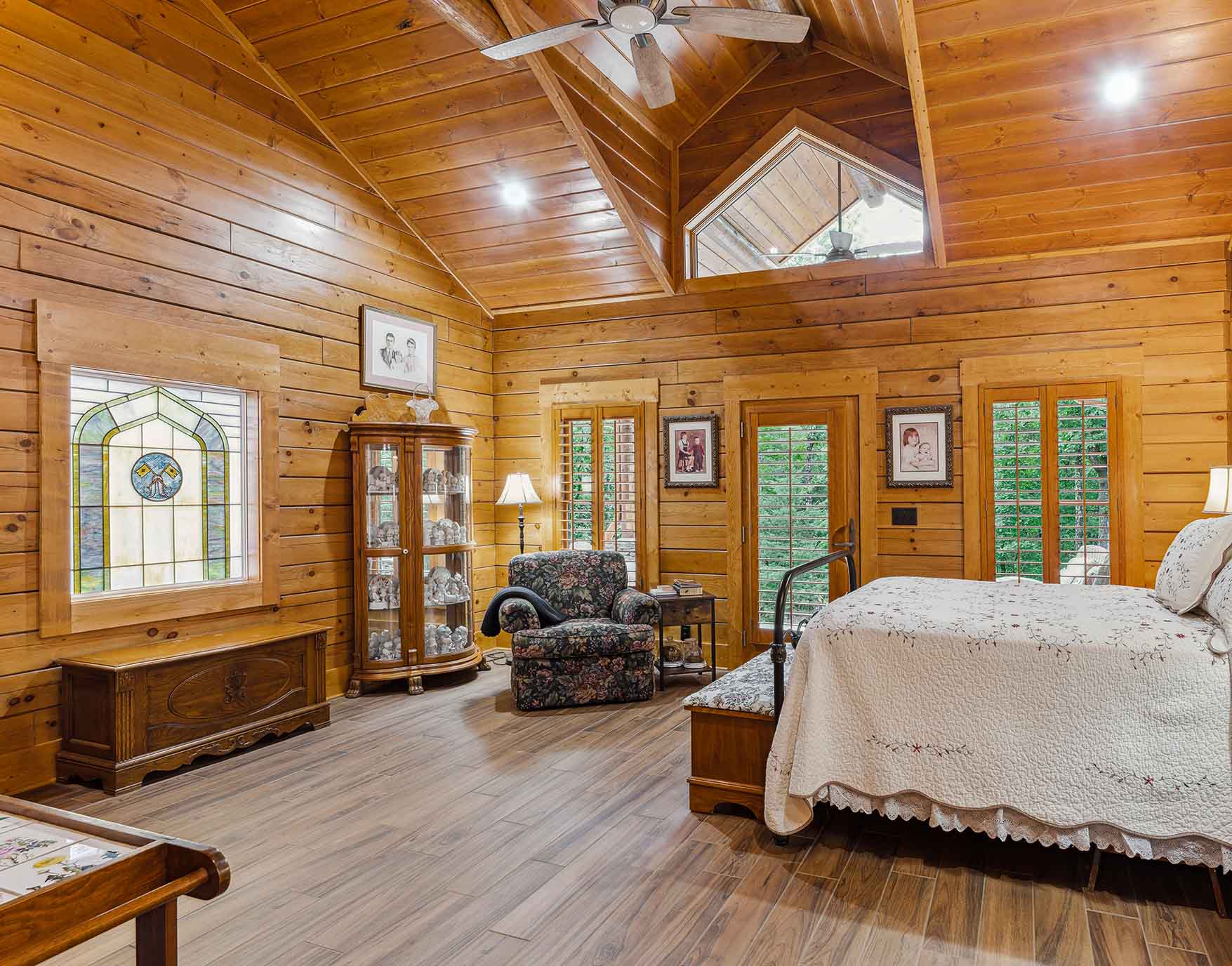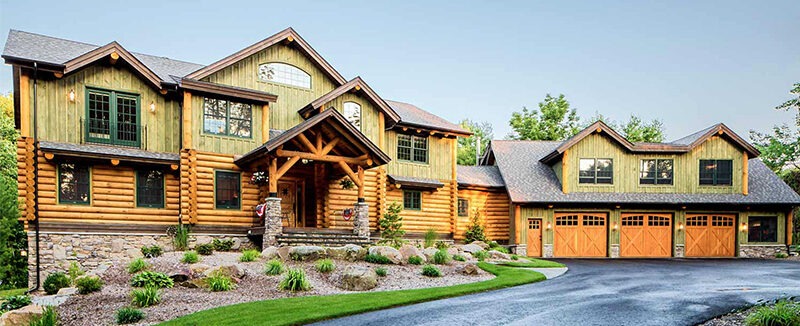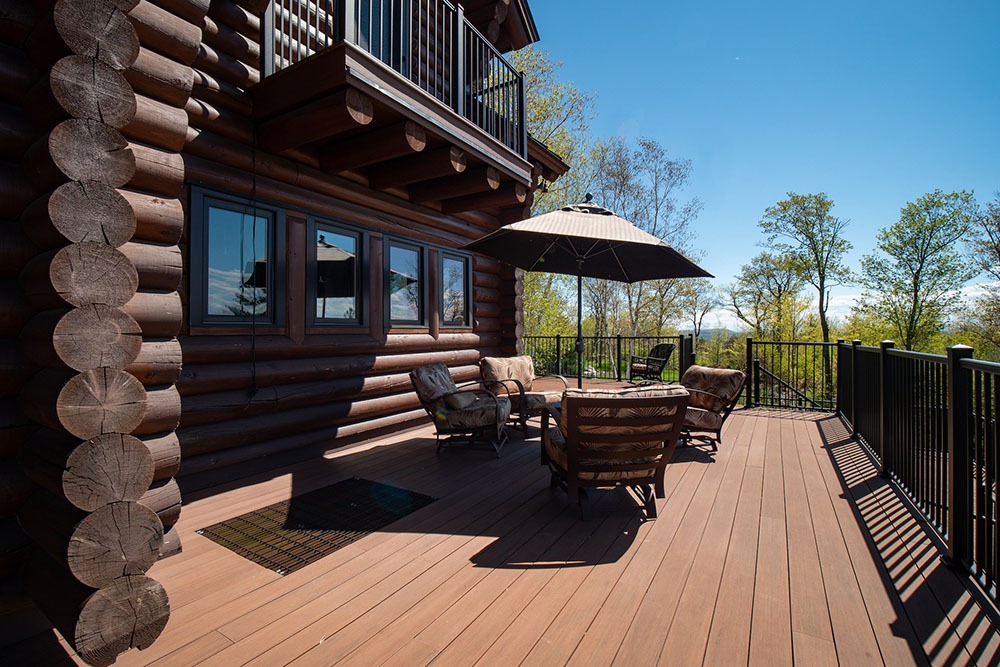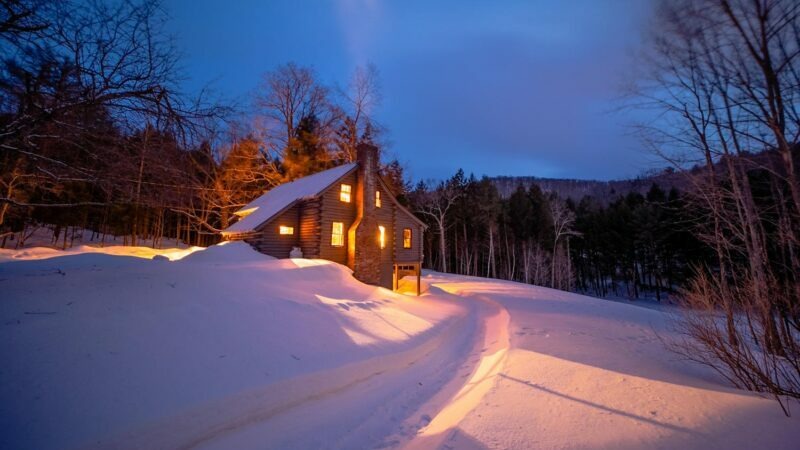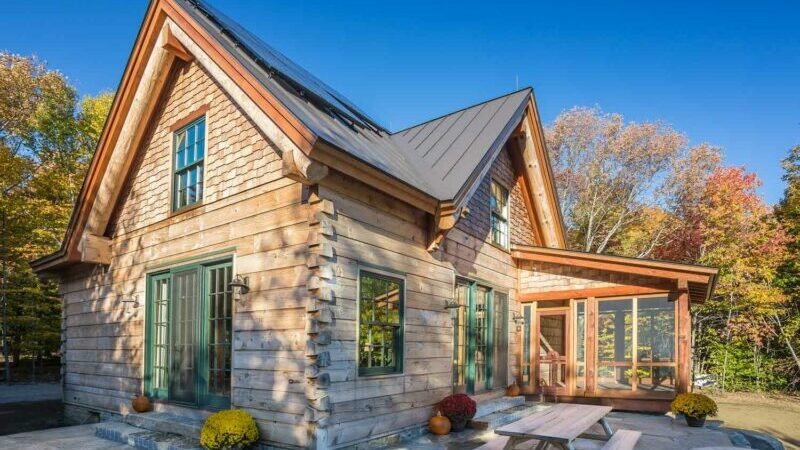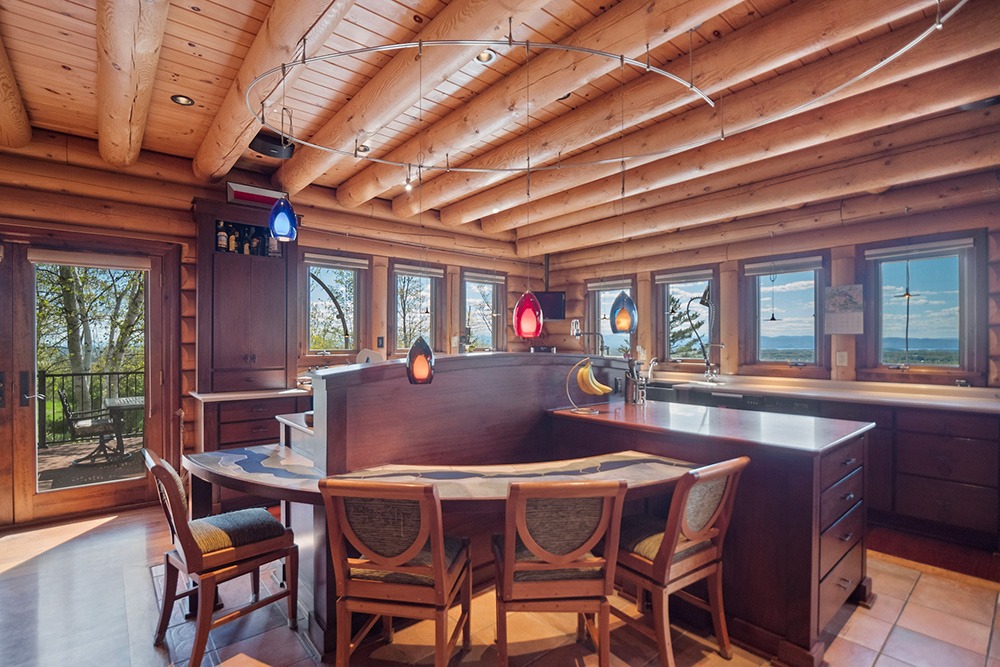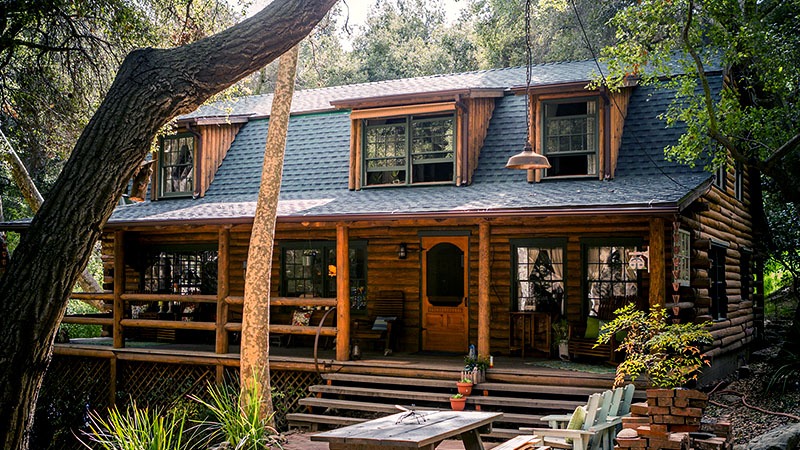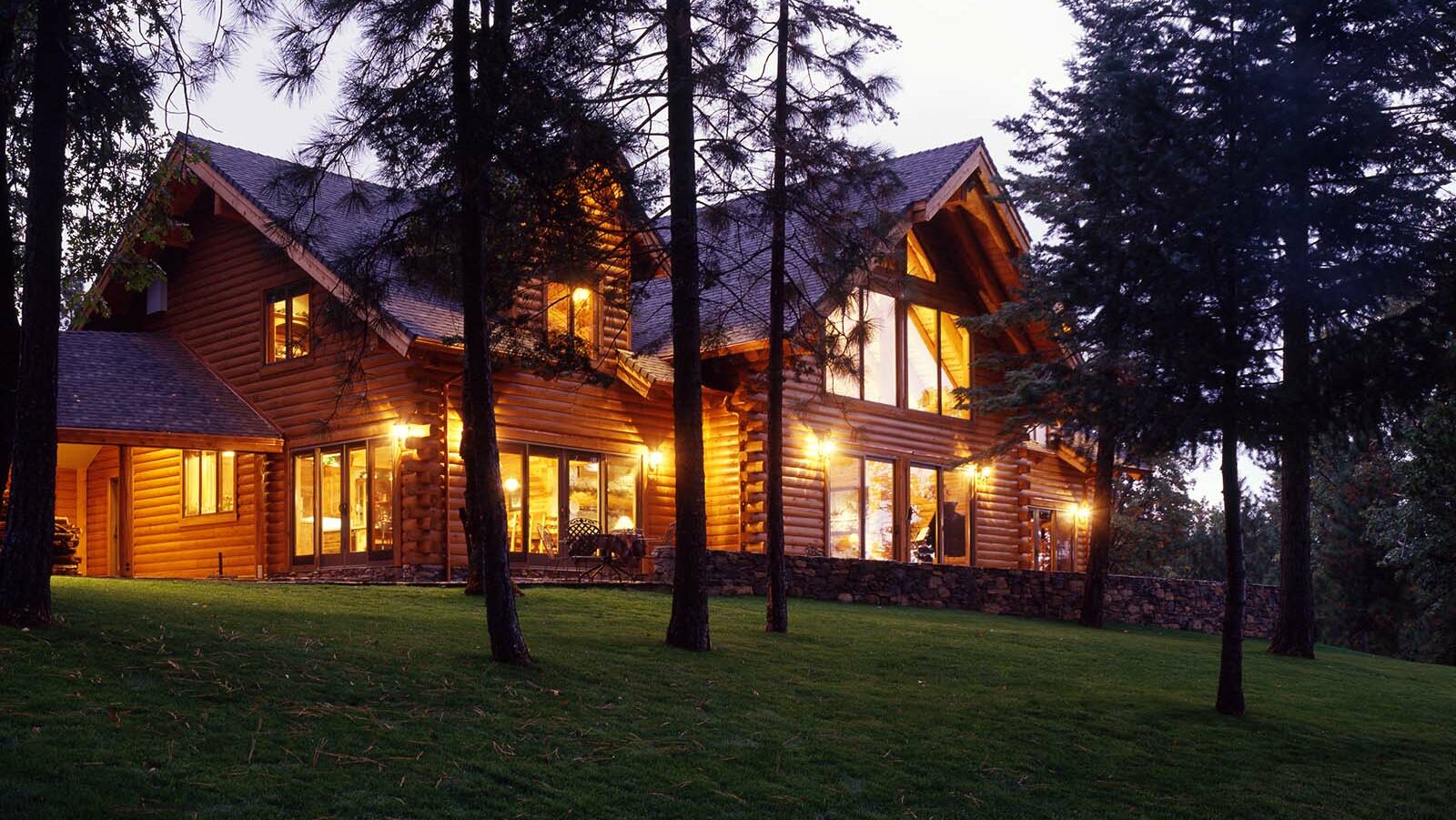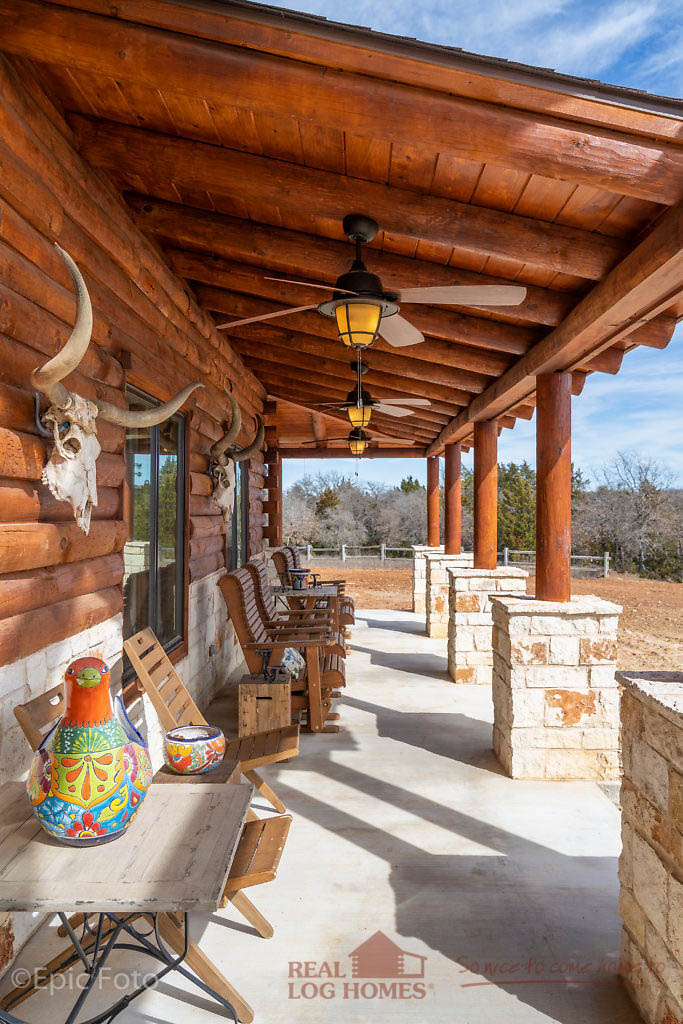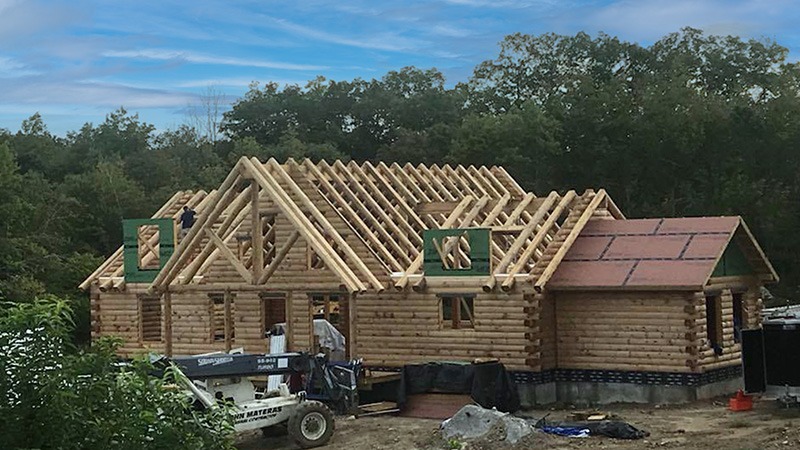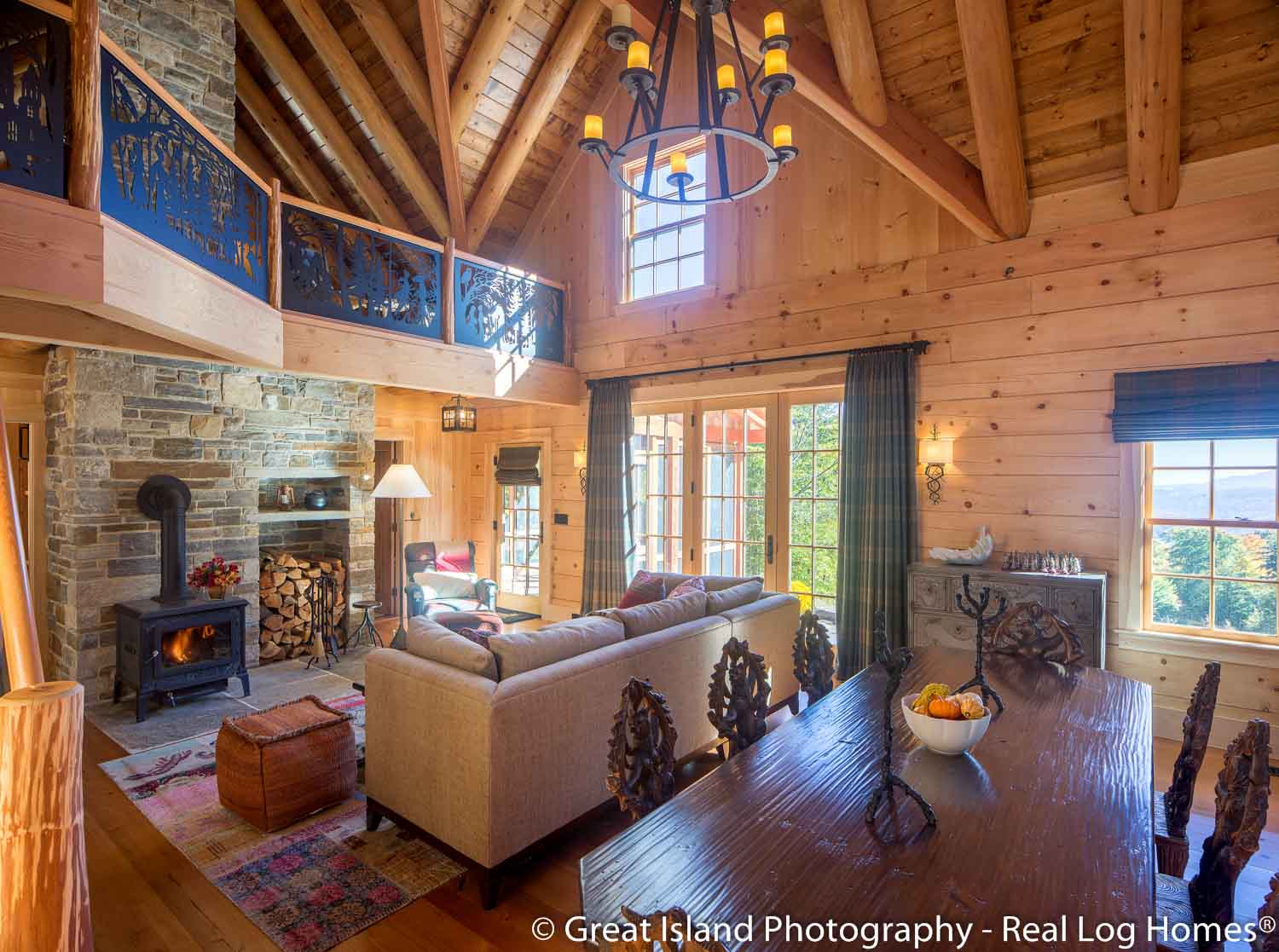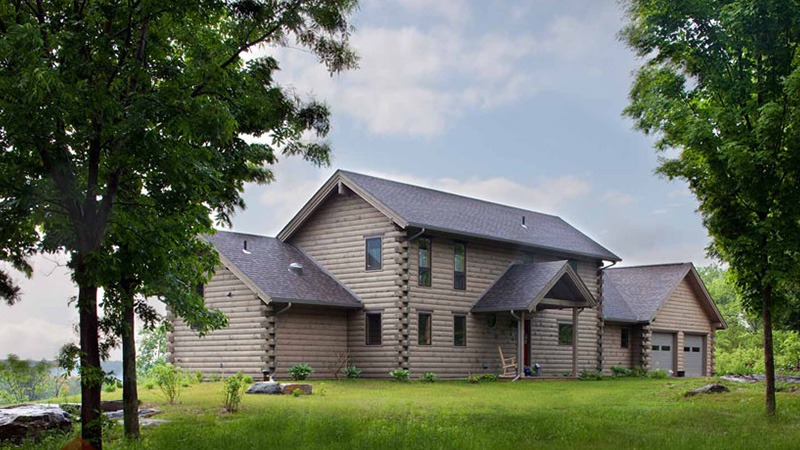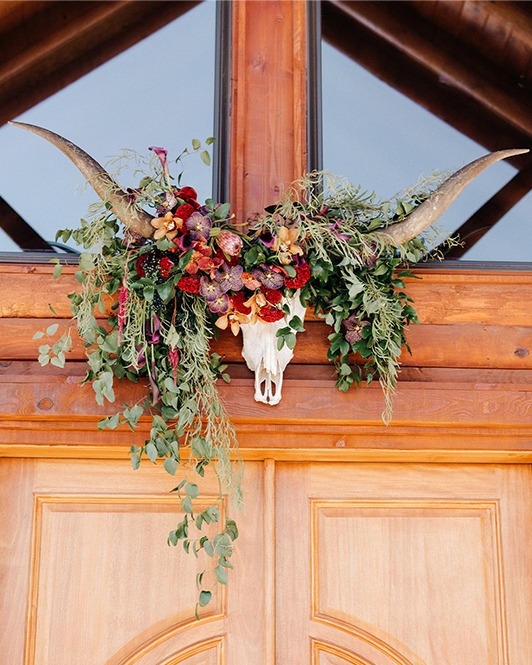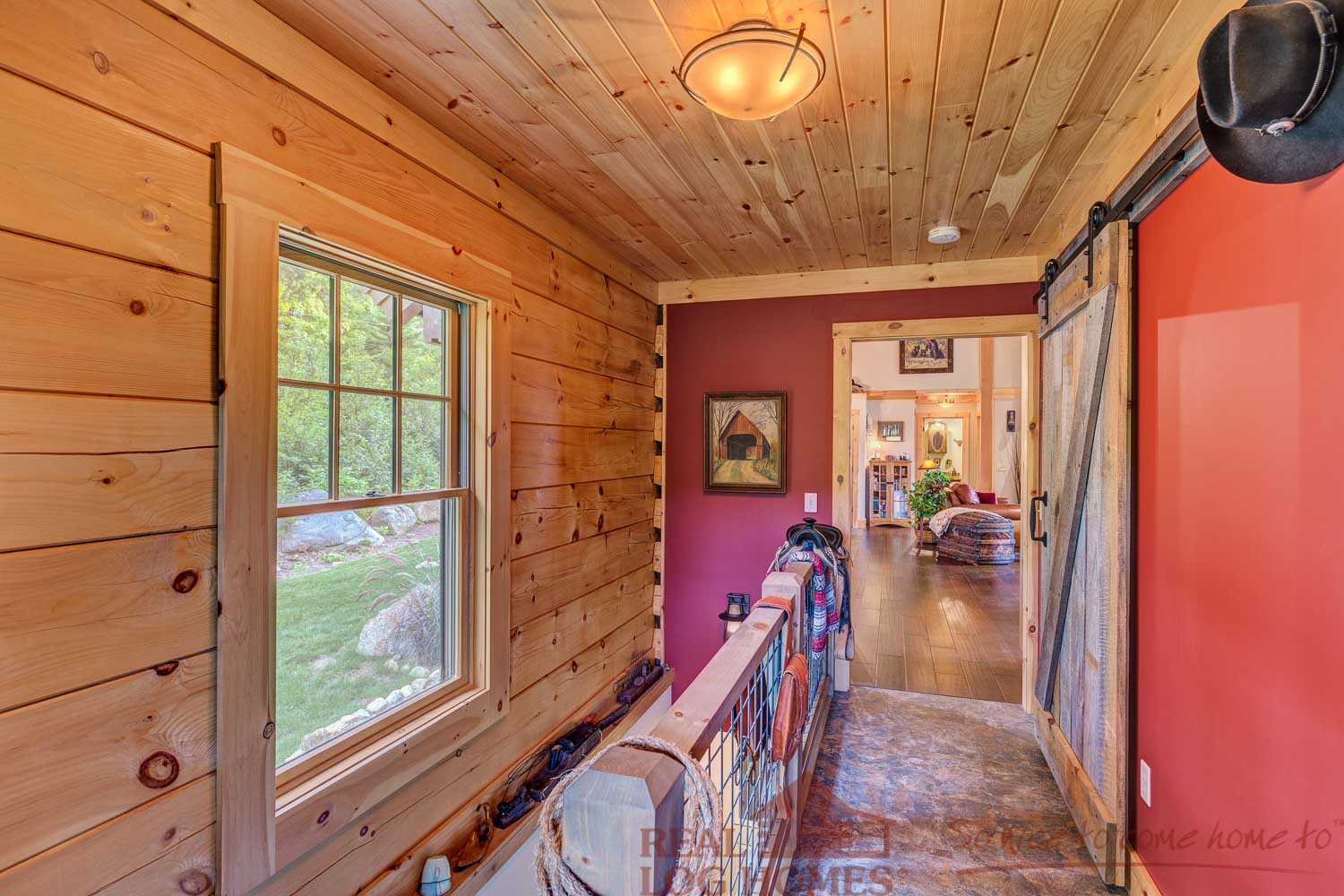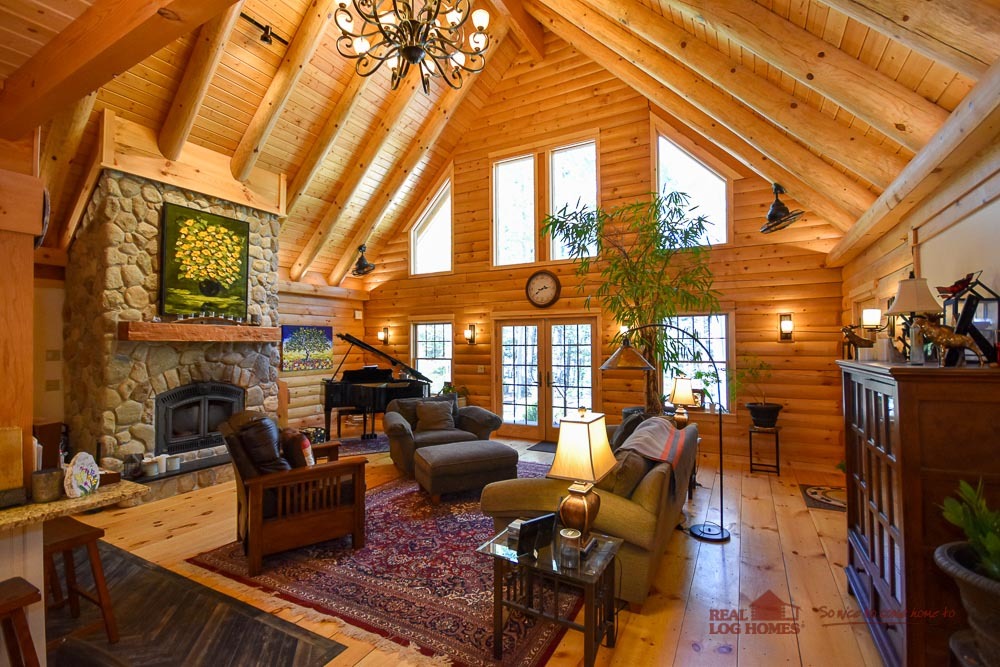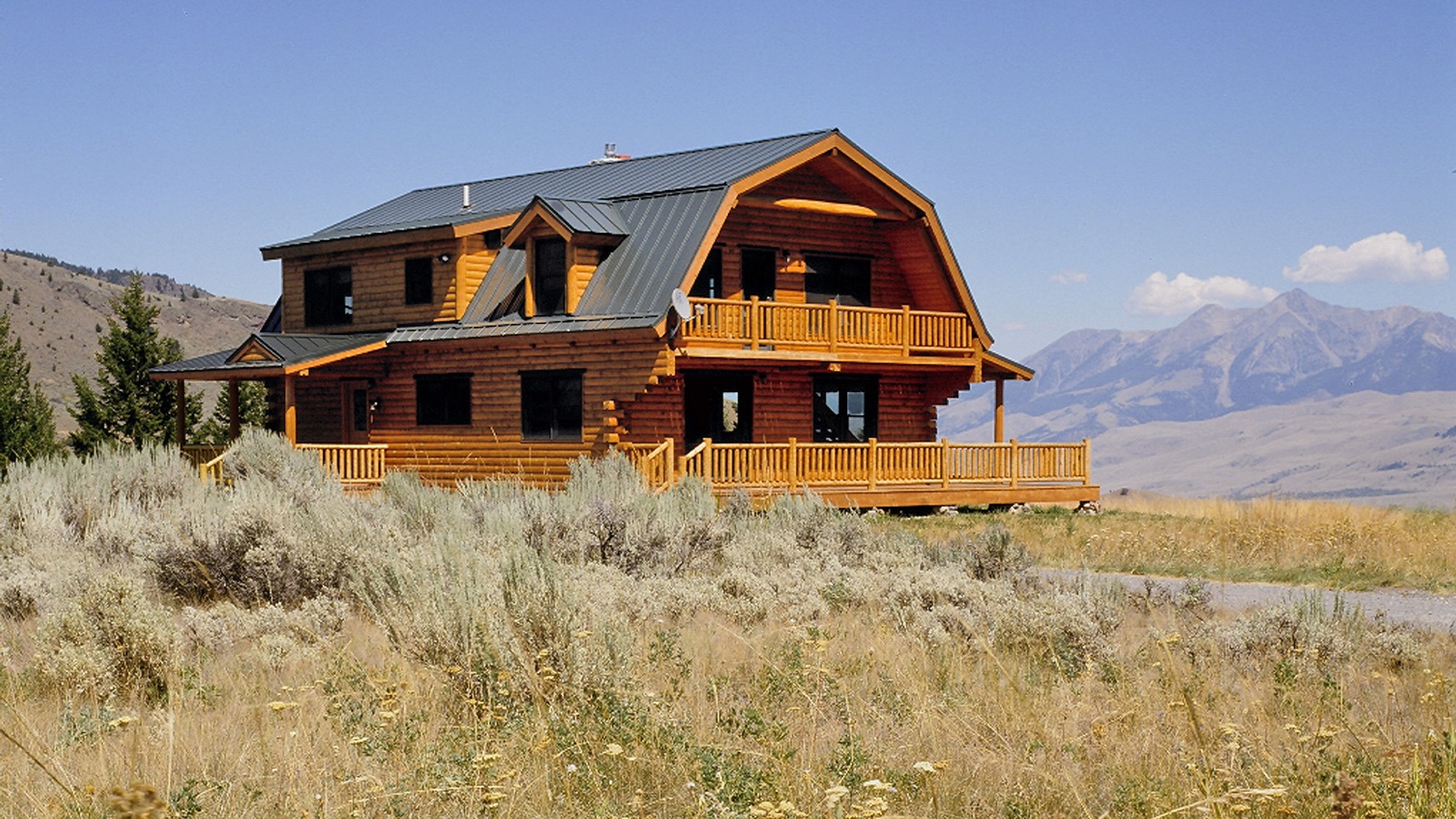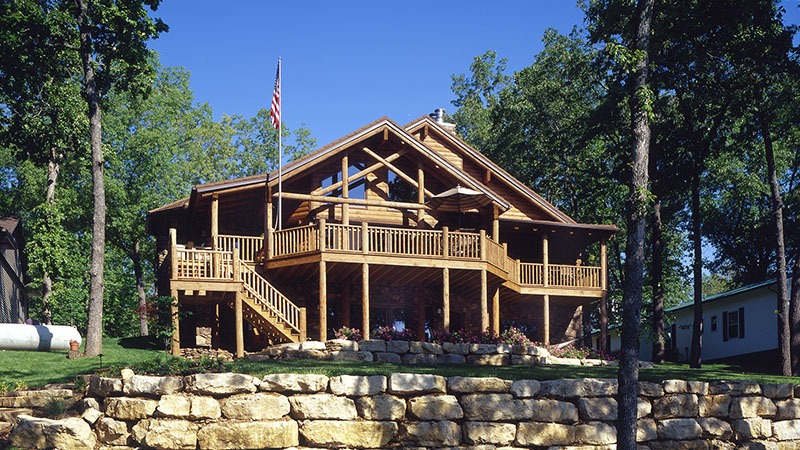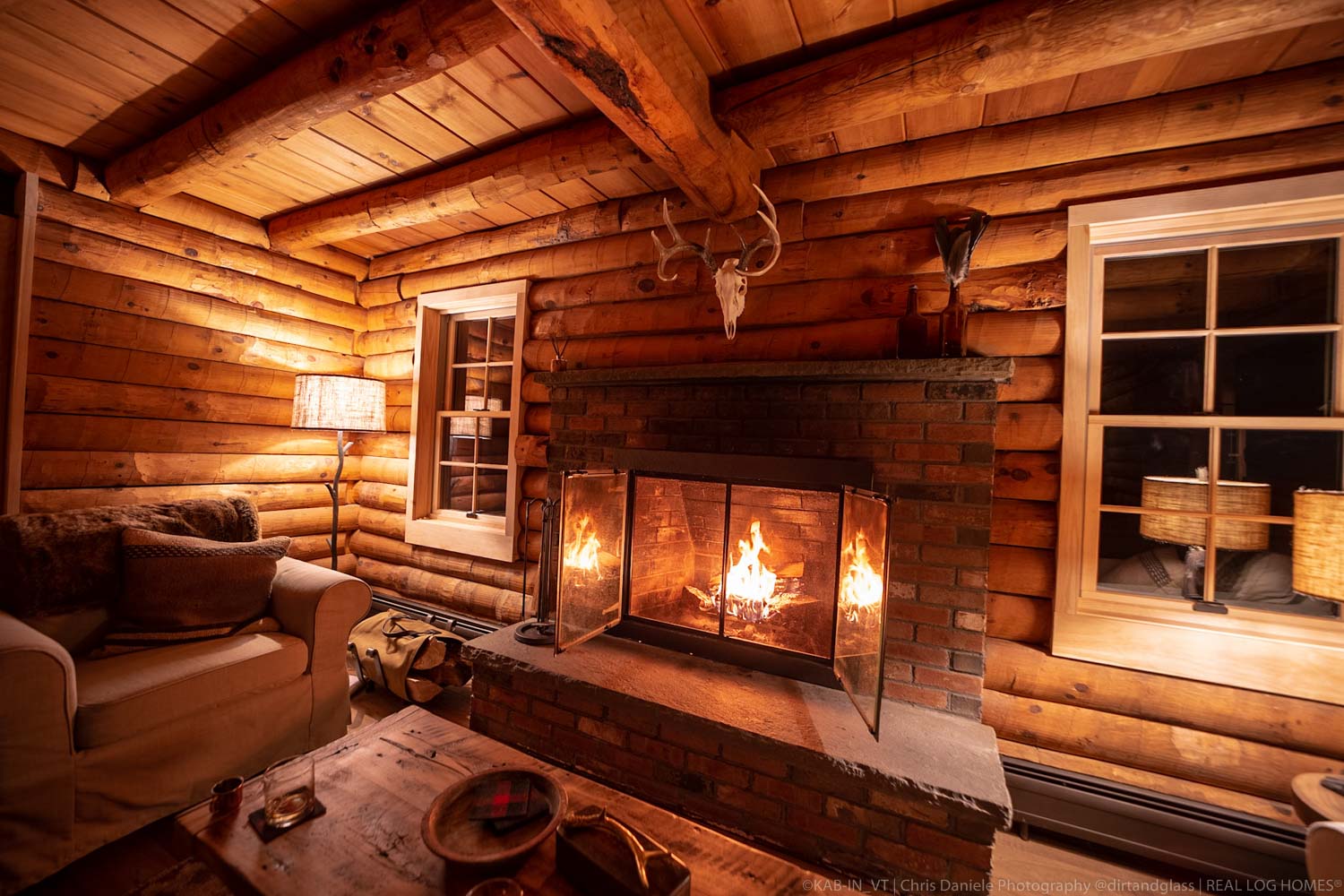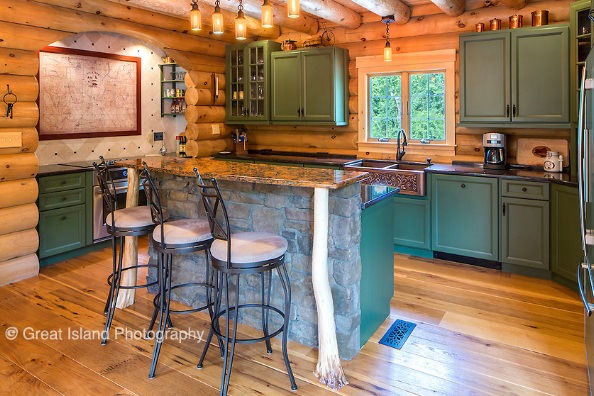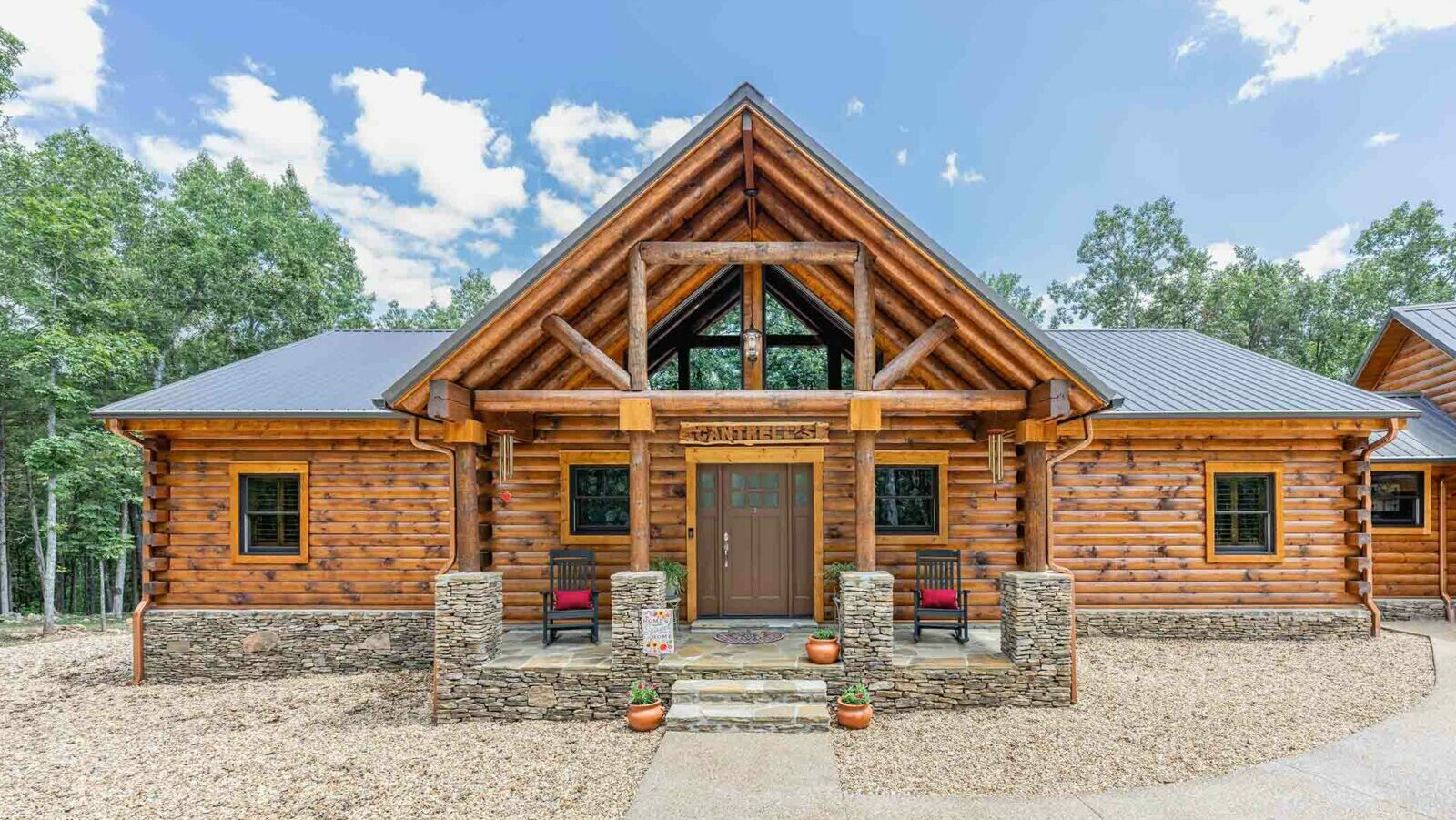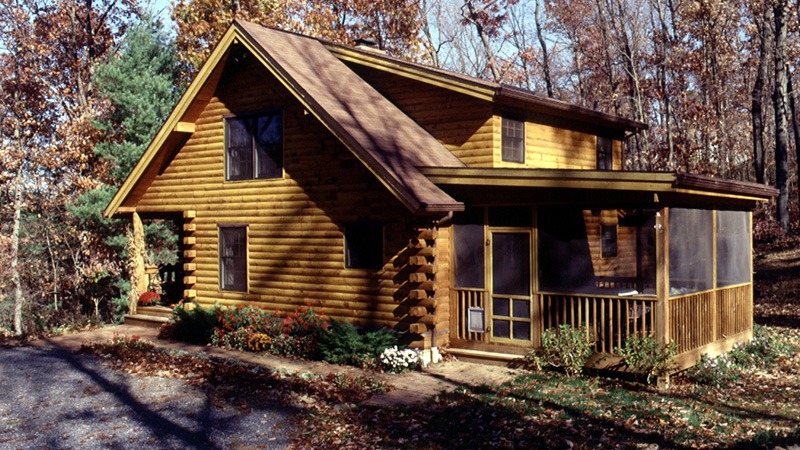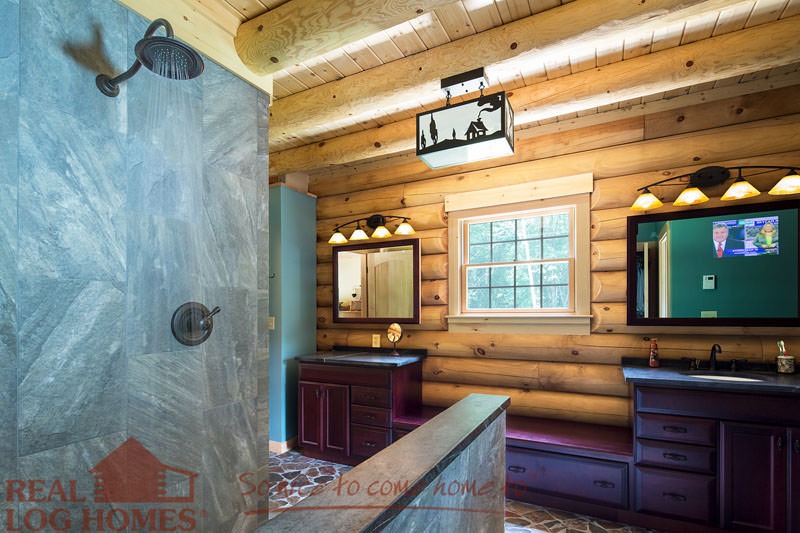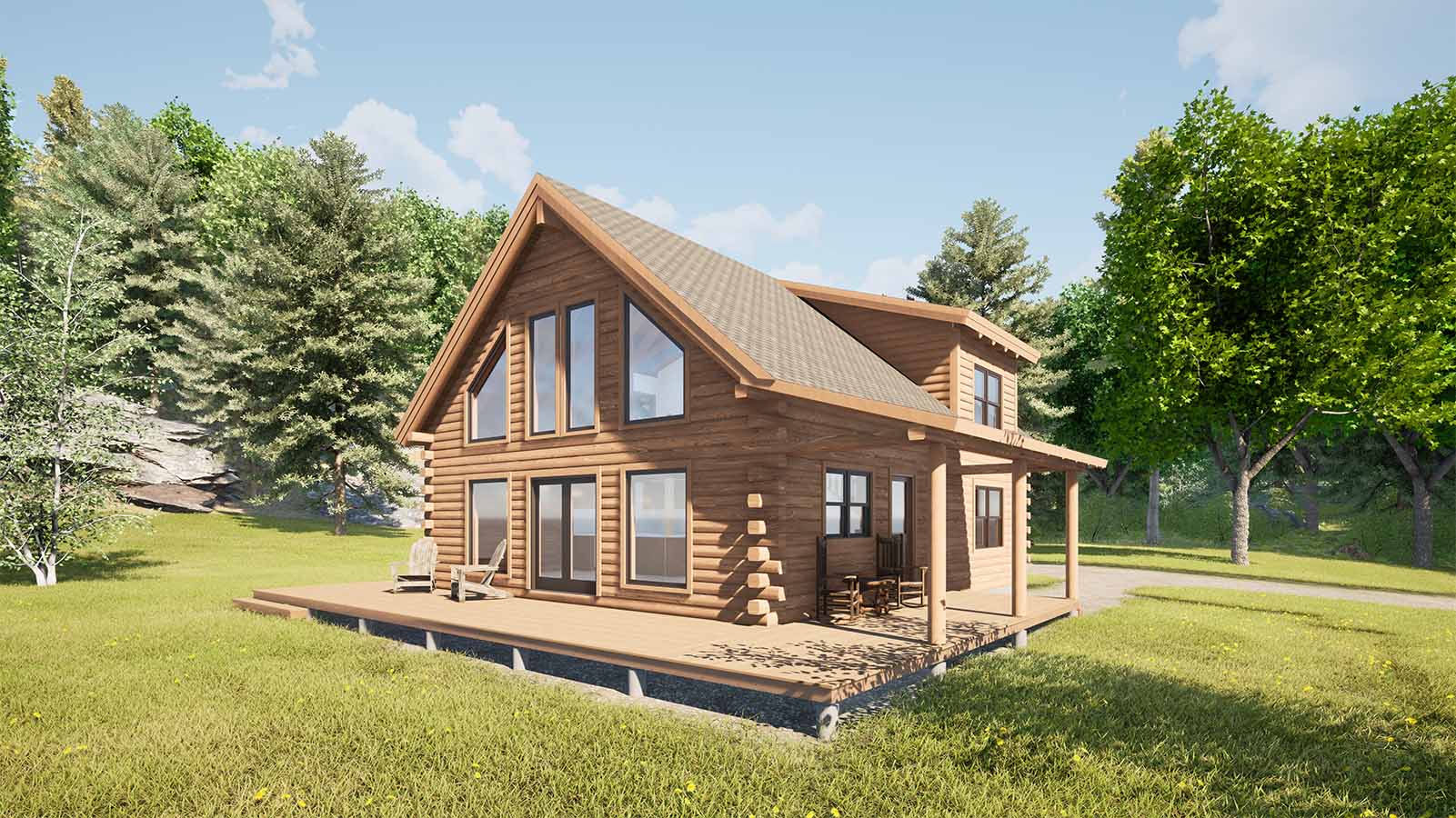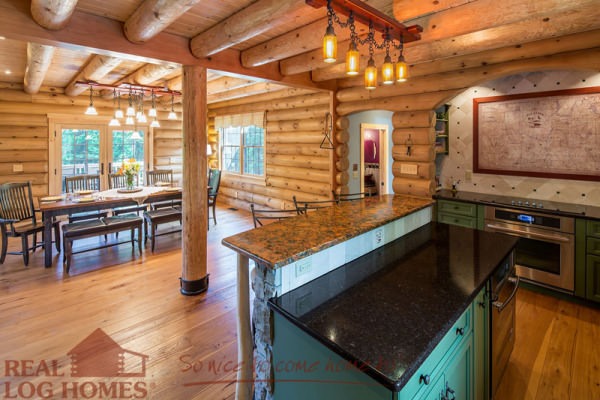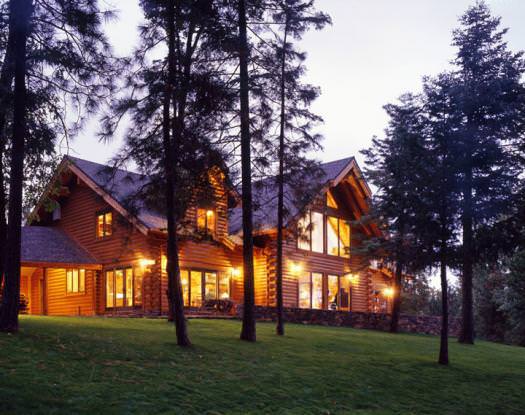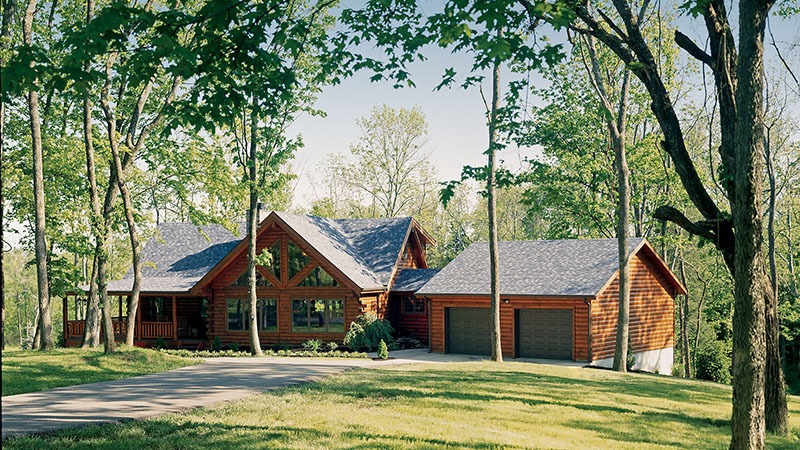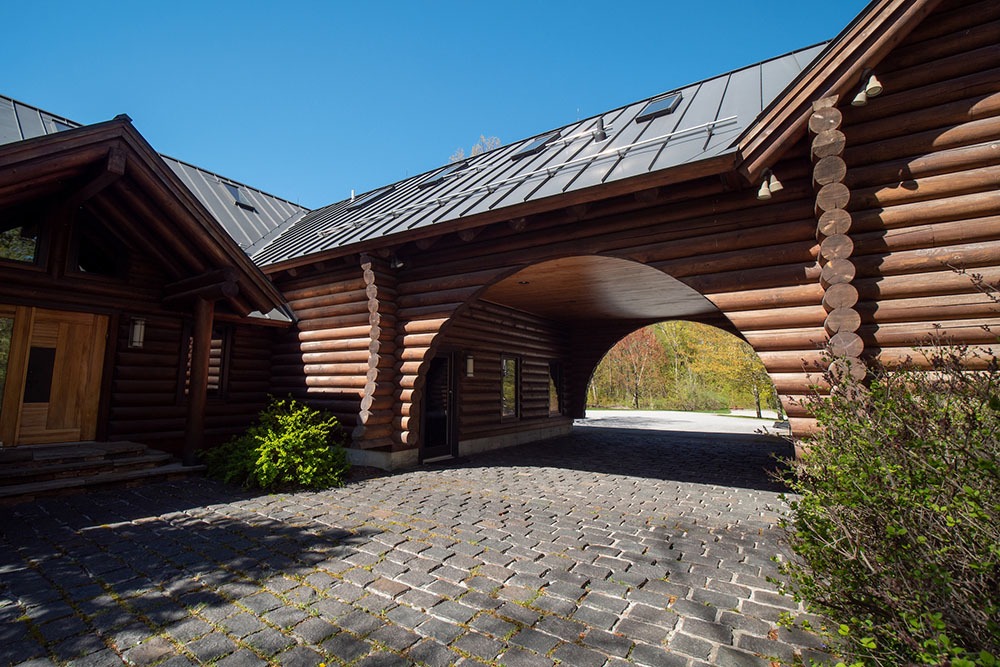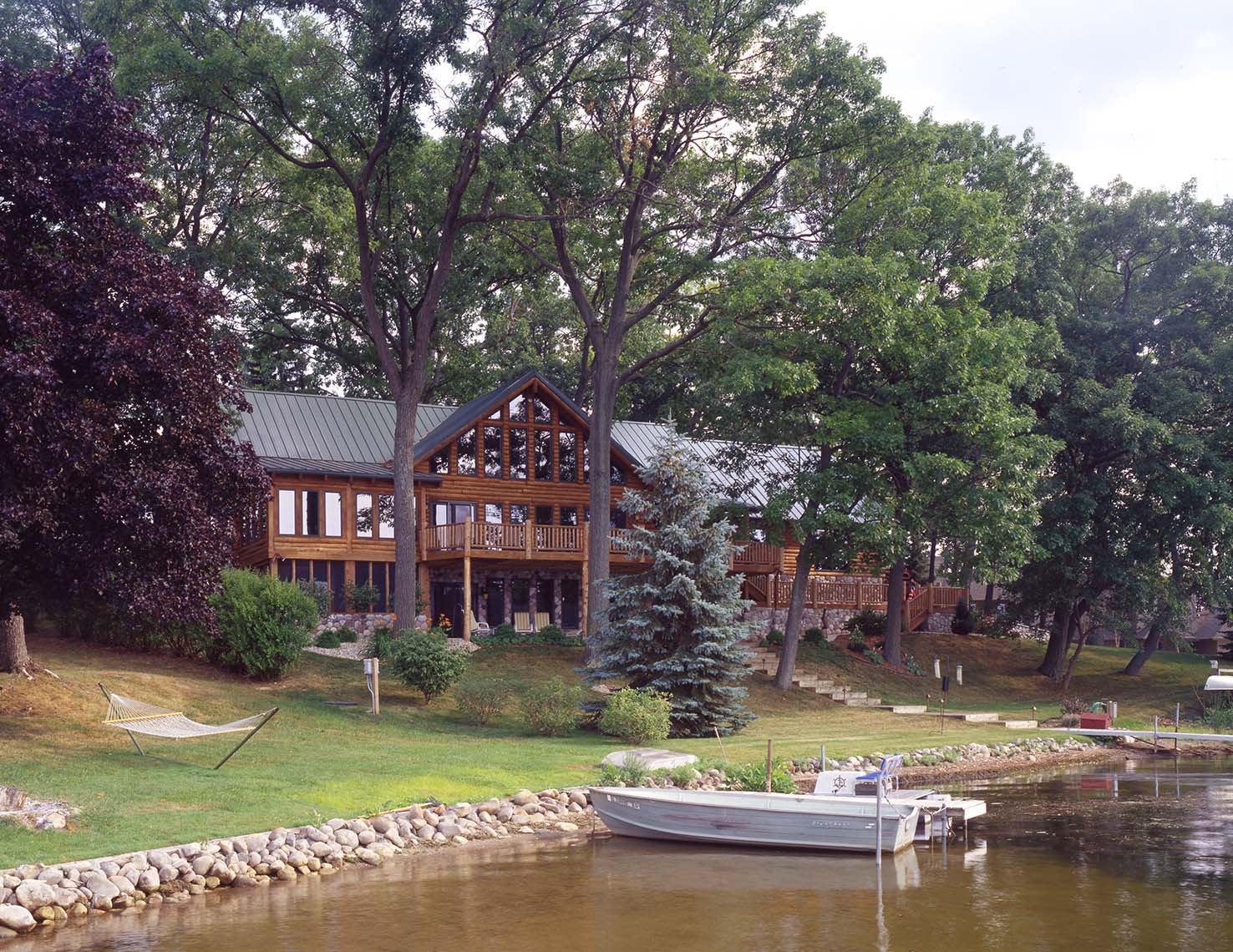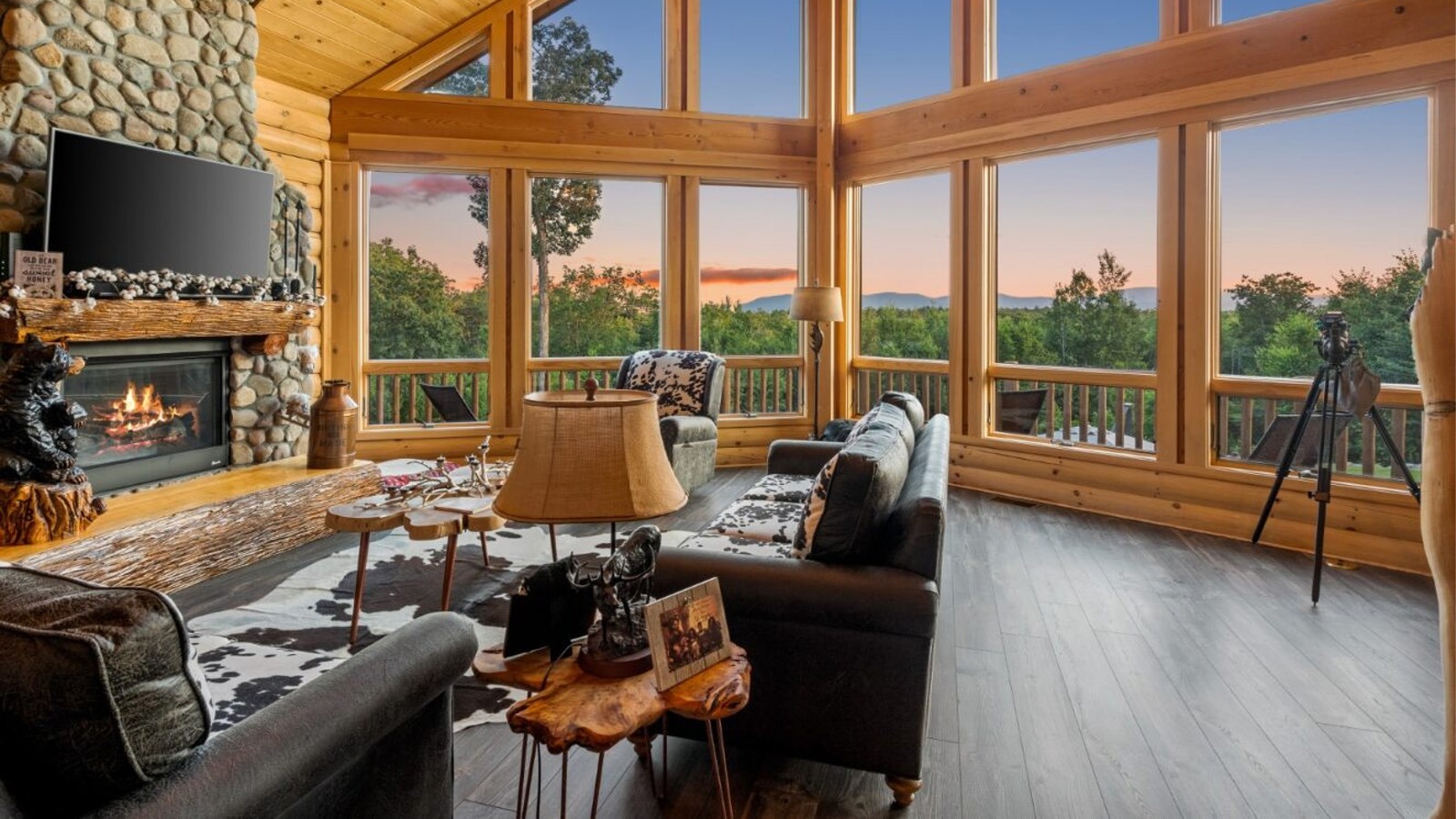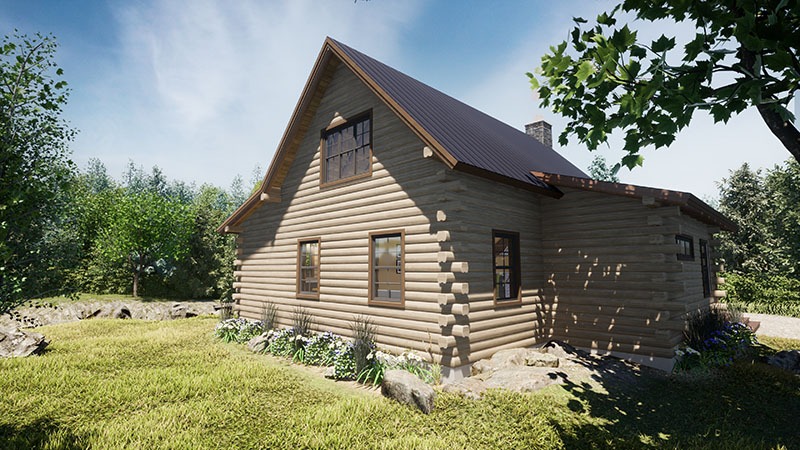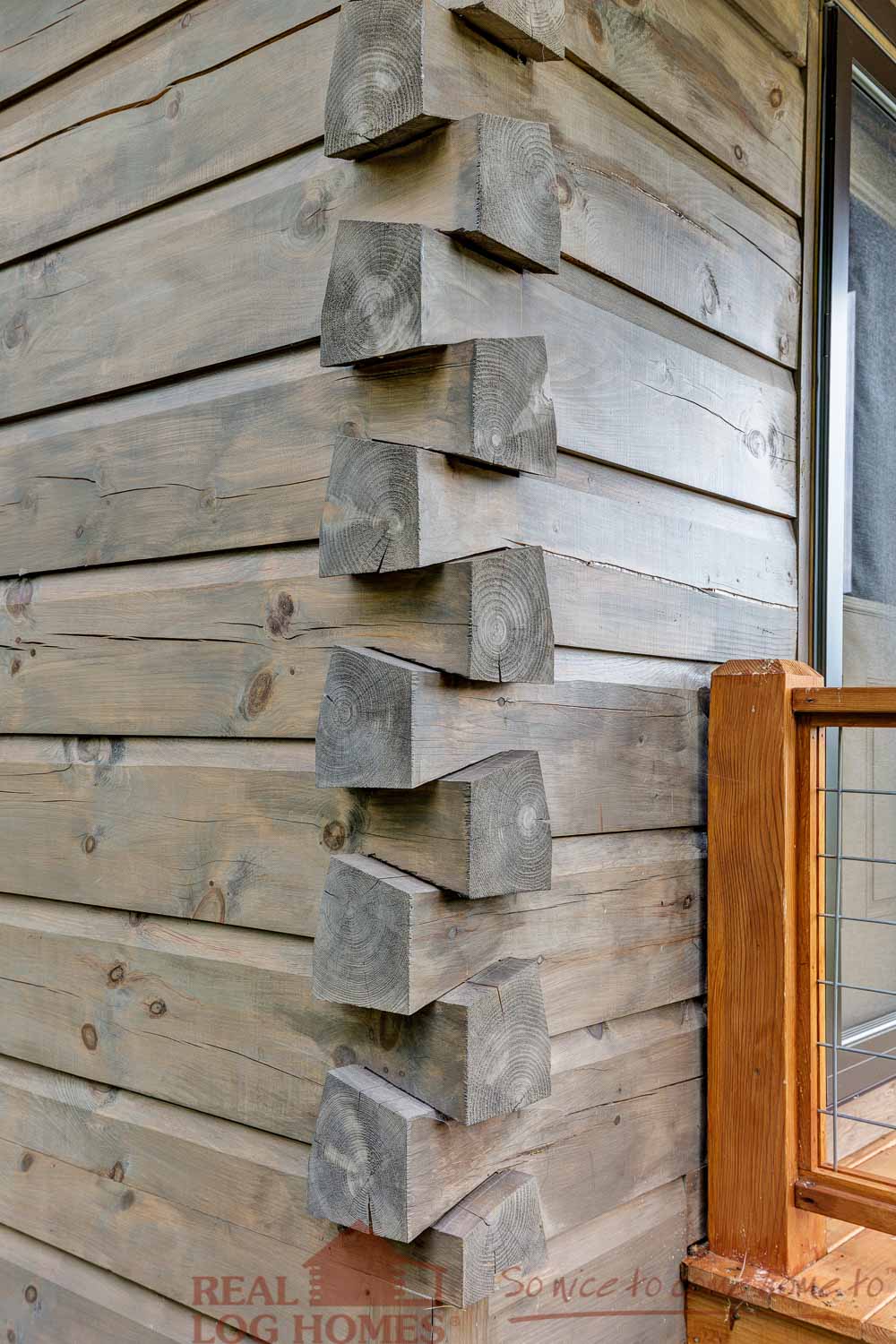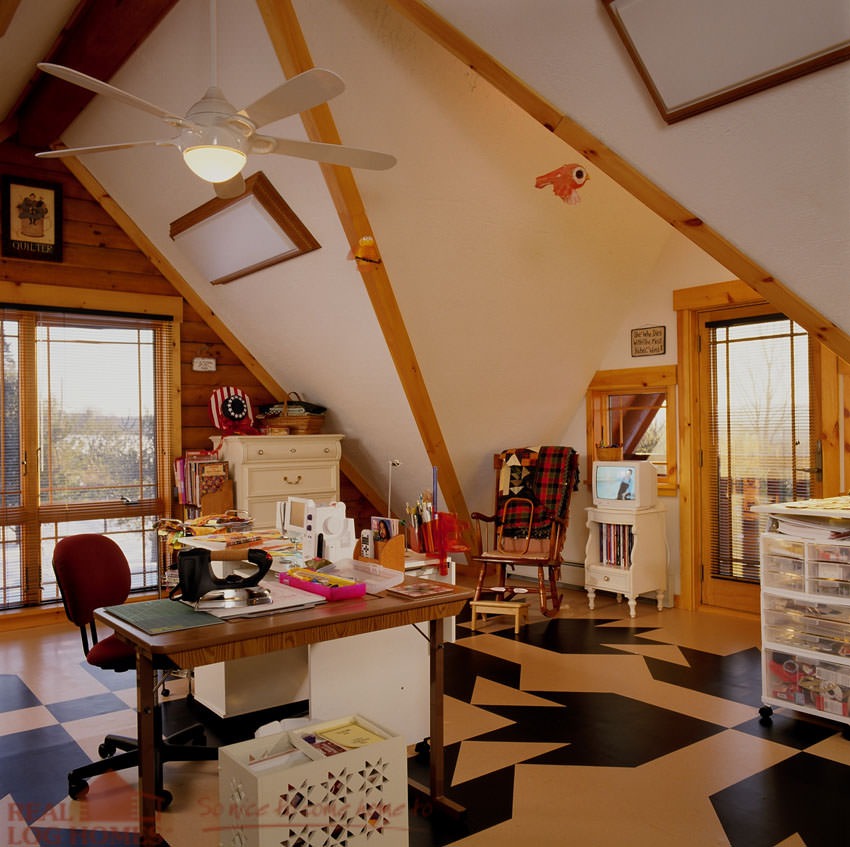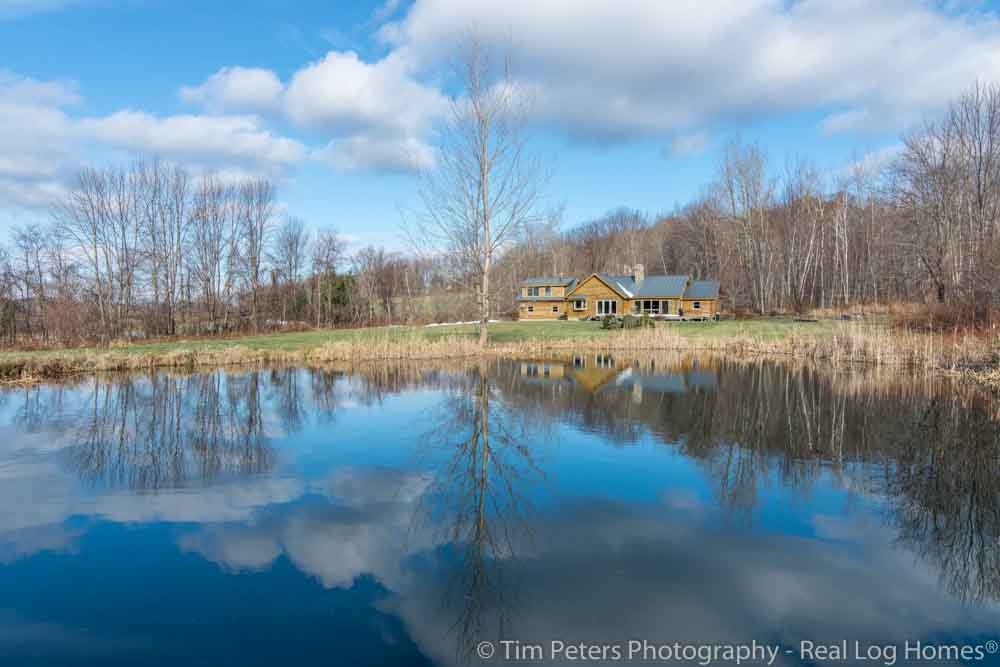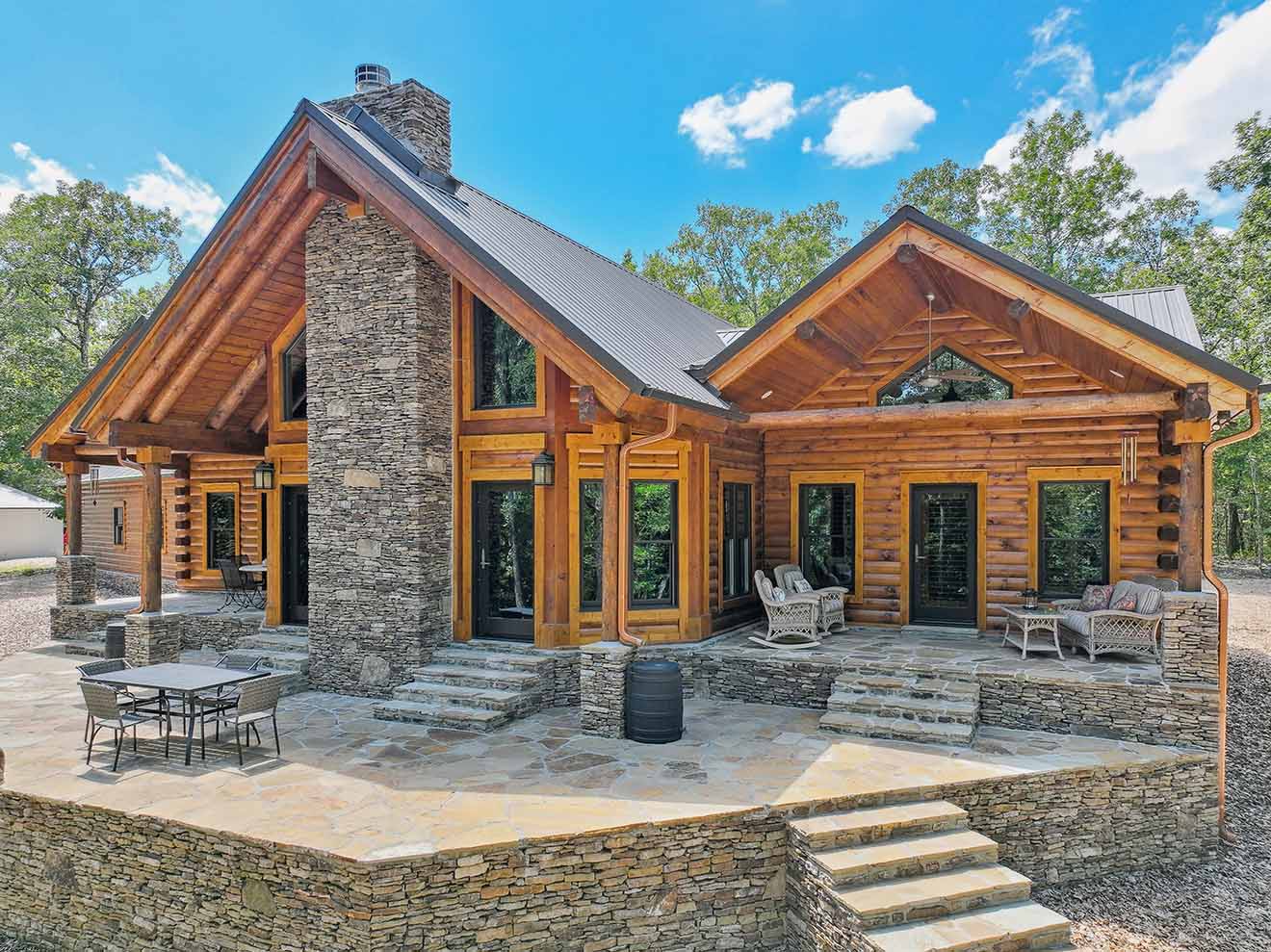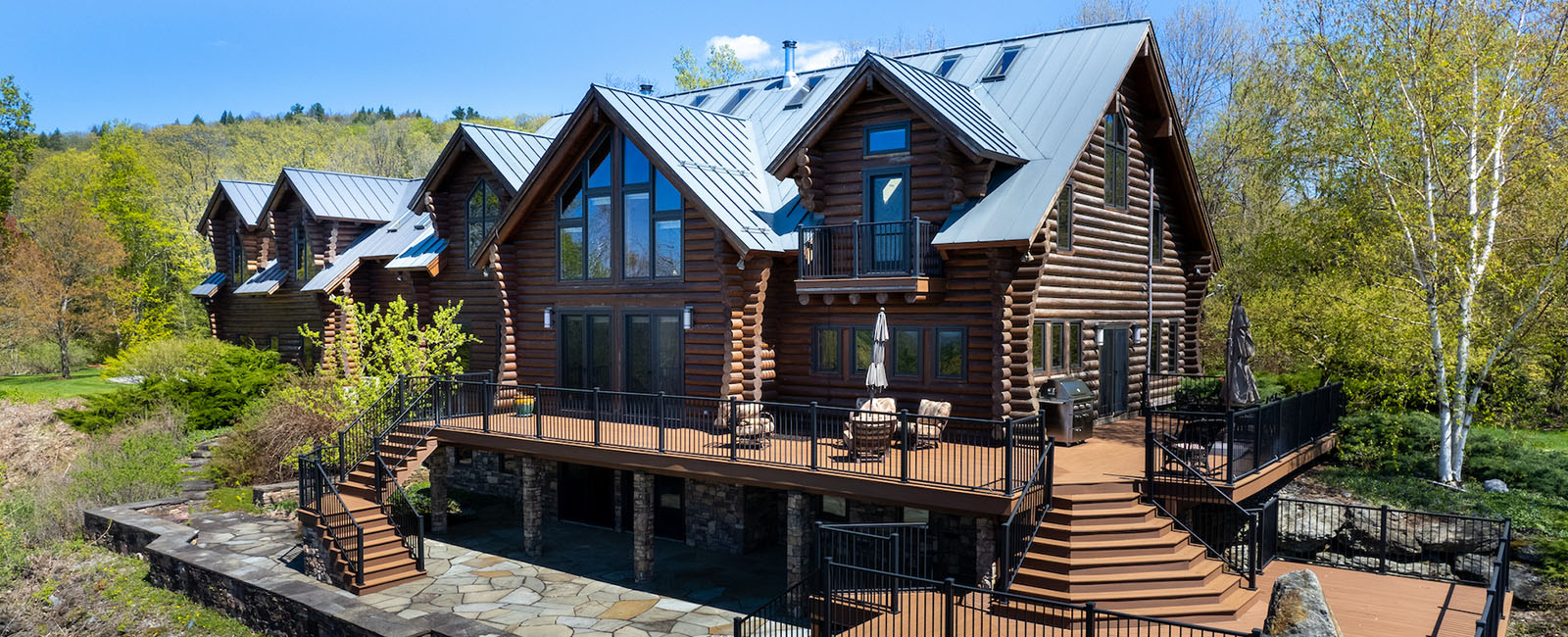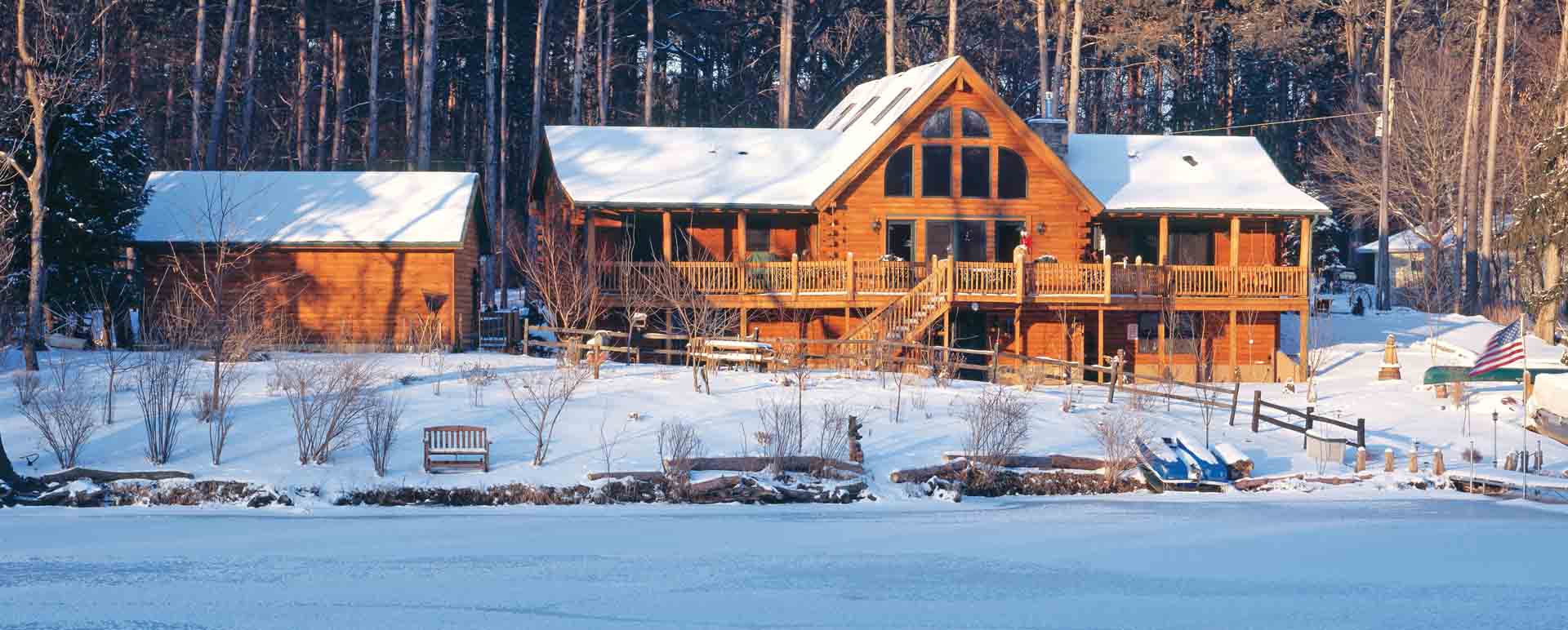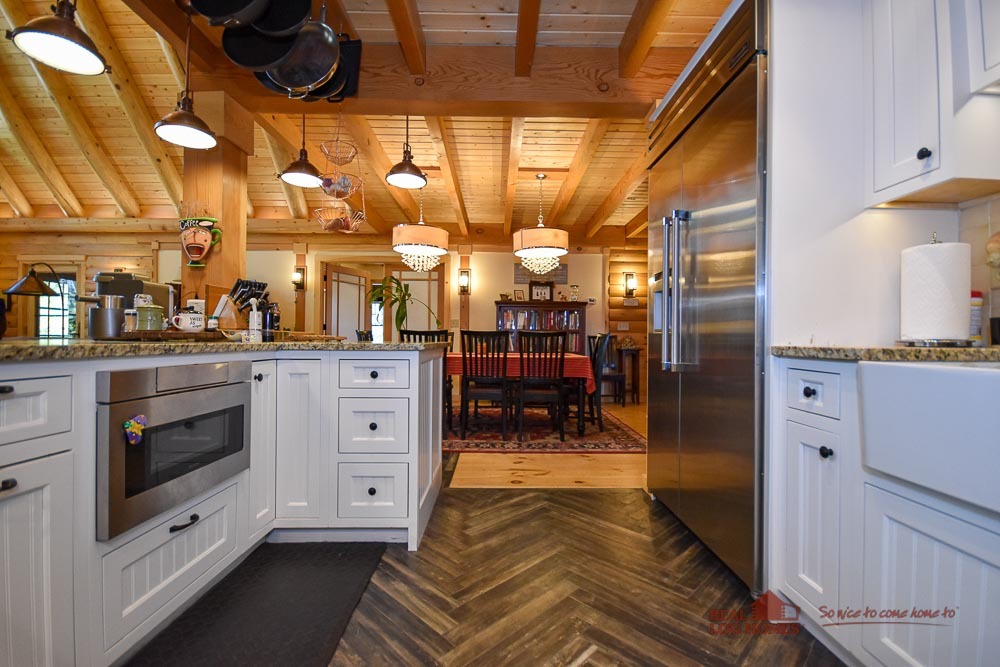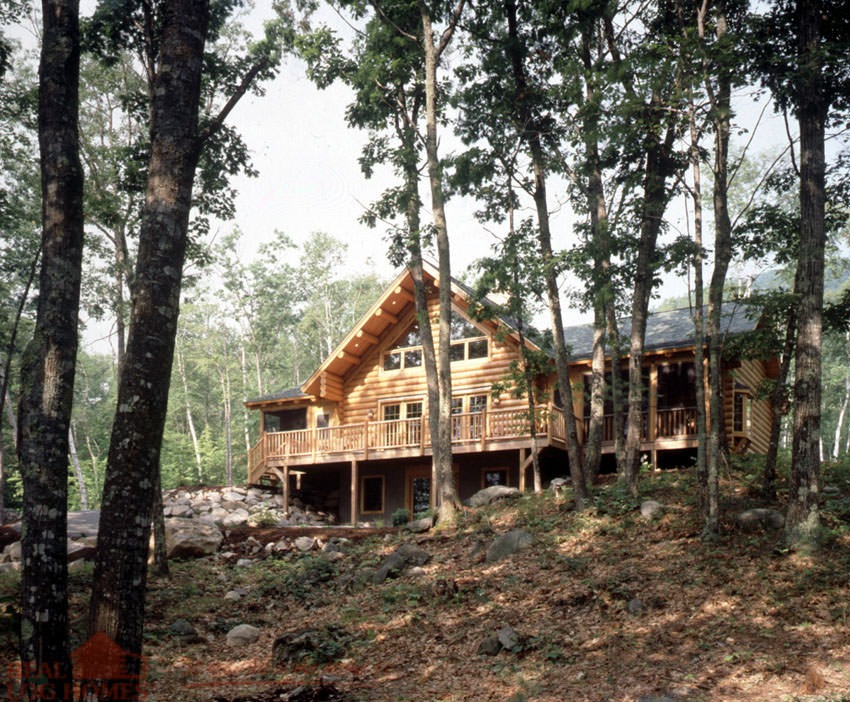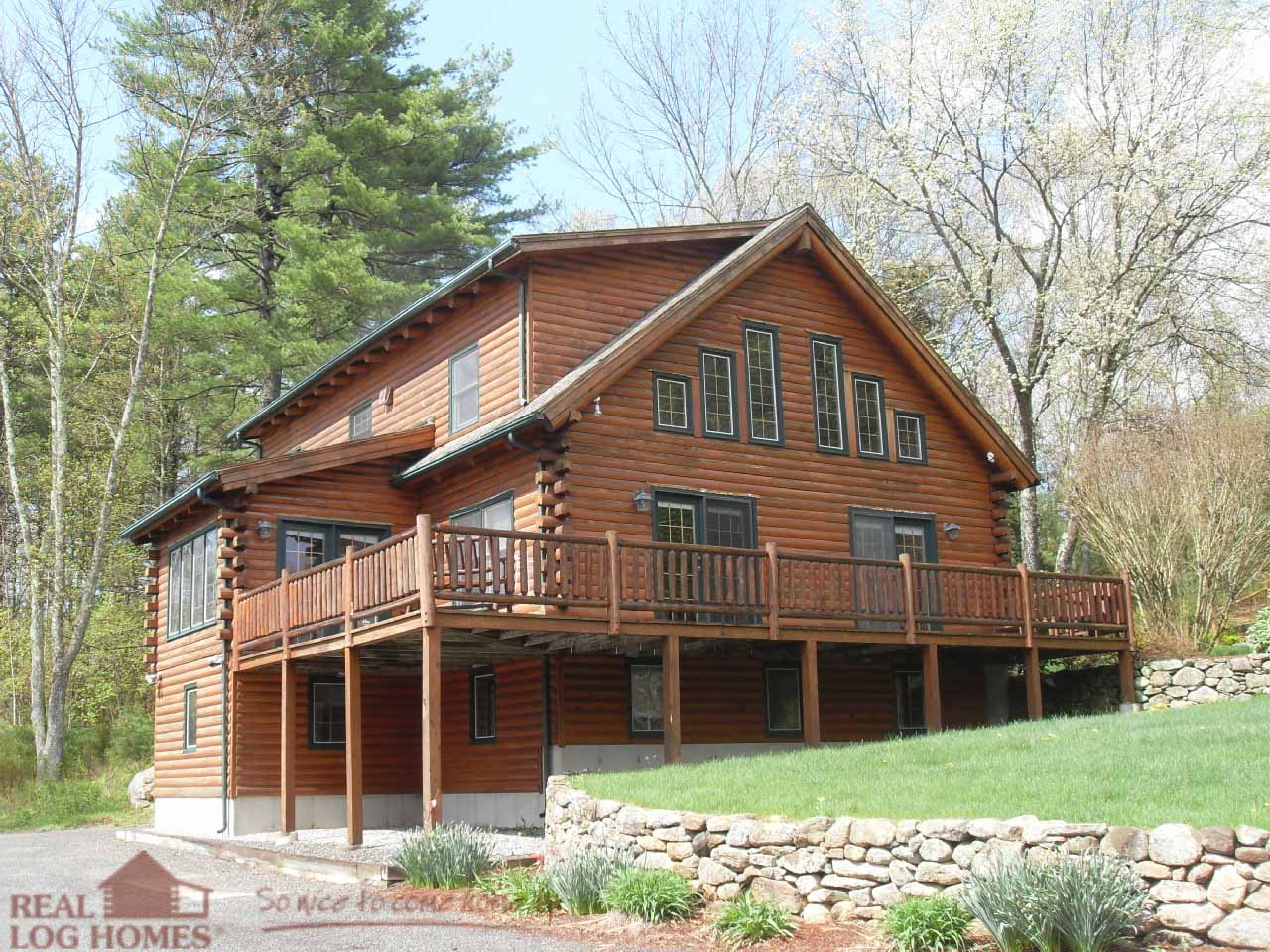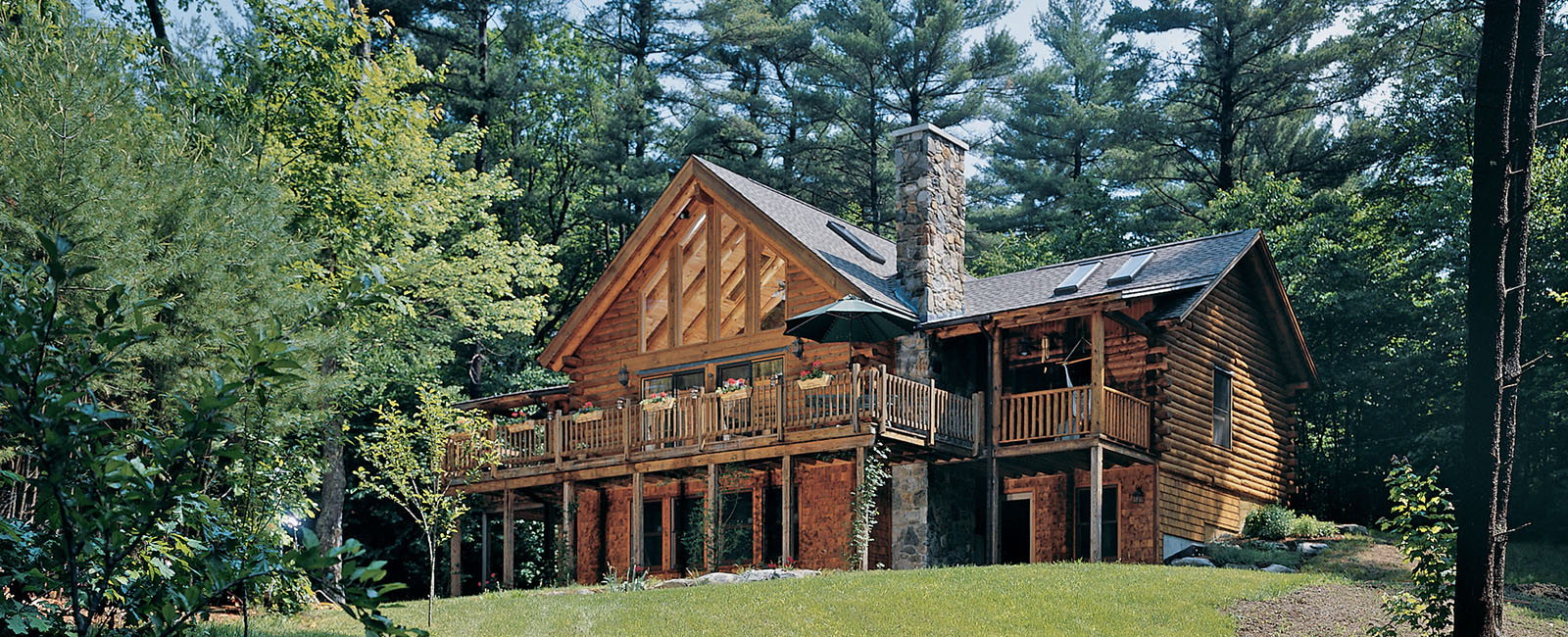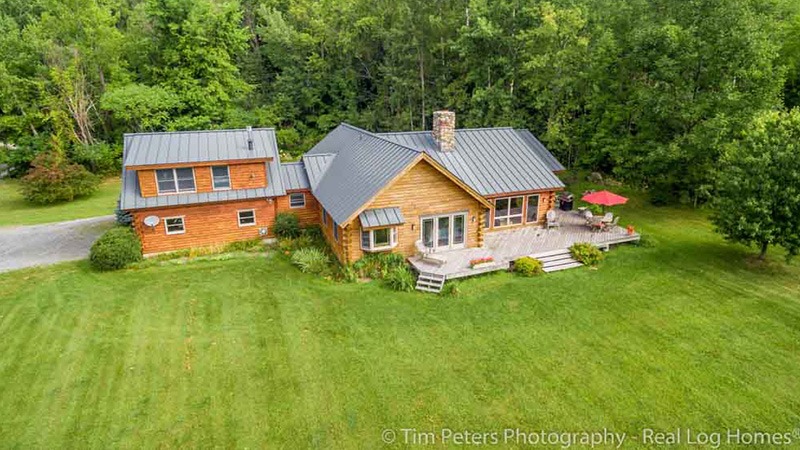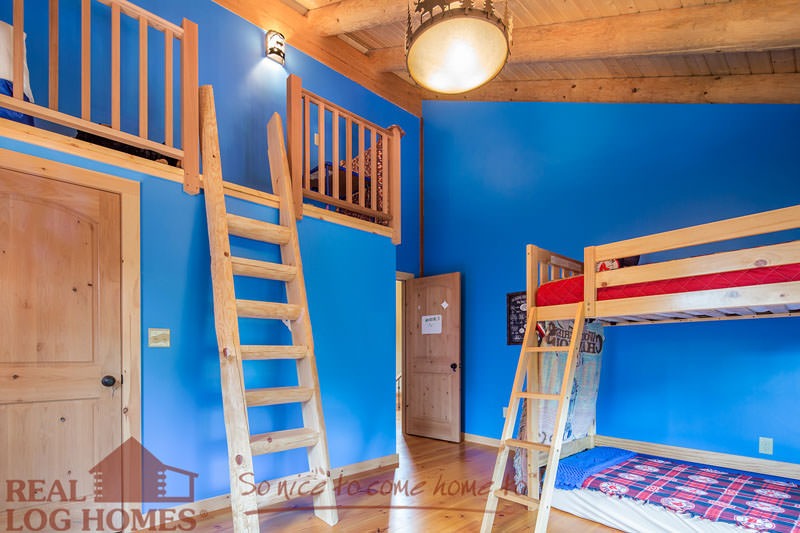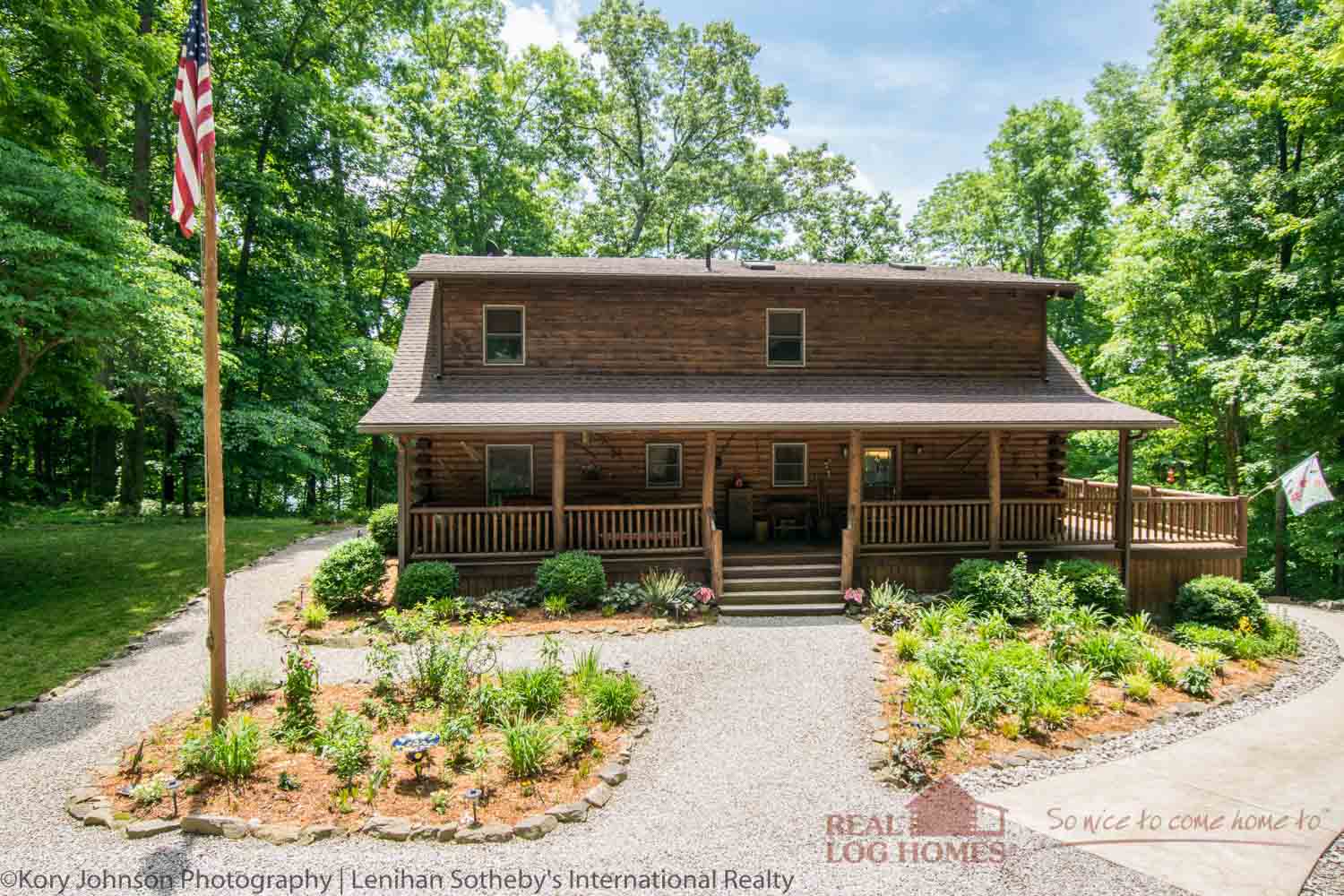While dreary winter weather can make it seem like spring will never arrive, now is the perfect time to plan your garden for the coming growing season. Whether you wish to garden for food or visual appeal, planning now can help ensure that your garden is productive through to the fall. If you are looking to start a garden at your log home this year, then here are a few tips to help you organize your garden now.
Draw a Map
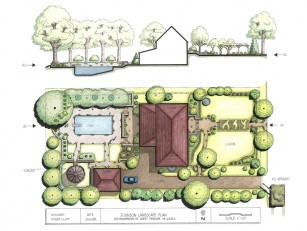
In order to get the best feel for your garden, it helps to plot out a map of what your garden will look like. Graph paper helps to keep everything to scale, or if you are comfortable, you can use a computer to sketch everything out. Make sure that you have room to access all the plants; building raised beds is simple and helps maintain an access space in the garden. Also, make sure to figure out how much space you will need for your plants. While annual flowers and crops like carrots take up little room, plants like squash can grow to take up over 100 square feet each!
Plant at the Right Temperature

If you wish to grow perennial plants, make sure they are hardy for your area, defined by the Zone Hardiness Map published by the USDA. Even within your plot, the average temperature will vary. Sites near the house or near paved walkways will be hotter than areas surrounded by vegetation. You can start cool season crops like broccoli early in the season, as these crops will not grow well in the heat of the summer. Warm season crops and annual flowers should only be planted once all danger of frost at your location has passed for the year.
Consider Your Water Needs
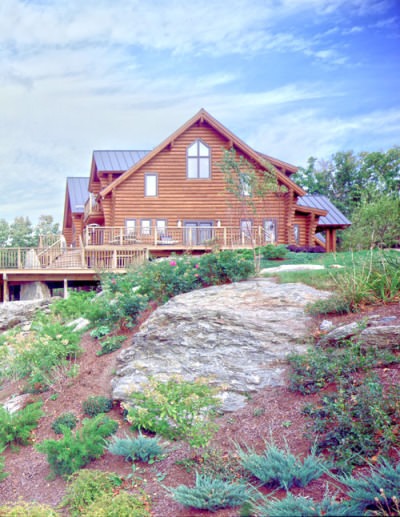
If you are growing plants that require more water than rainfall will provide, consider how you will irrigate them. While a hose and nozzle may be sufficient, plotting water-hungry plants nearer to your water source can save you time and work. Installing an automatic irrigation system can be nice, and you can save money by installing one for only for the thirstiest plants and hand watering the rest. You should also examine your soil’s drainage and supplement over-drained soil with compost and slow-draining soil with loam. Plants such as juniper and rugosa rose can be good choices as their robust nature makes them tolerant of periods of drought.
Mind the Sun
When buying decorative plants, consider the amount of sun your planting location will get. “Full-sun” plants should be placed in areas where they will get at least 6 hours of sun a day, while “part-sun” plants can do well when they are partially blocked by structures or other foliage and “full-shade” plants should never receive direct sunlight. Crop plants are almost always full-sun plants, so you should make sure your vegetable garden gets plenty of light (the exception being lettuces and carrots which don’t mind a bit of shade during the hot months).
Are you envisioning a log home surrounded by gardens of flowers and vegetables? Well as we mentioned, start planning early! The same goes for building a log home. To get started on a log home plan of your own, call Real Log Homes today or fill out the form below for more information. With their award-winning staff and the state-of-the-art manufacturing techniques, it’s a guarantee that everything will be coming up roses.
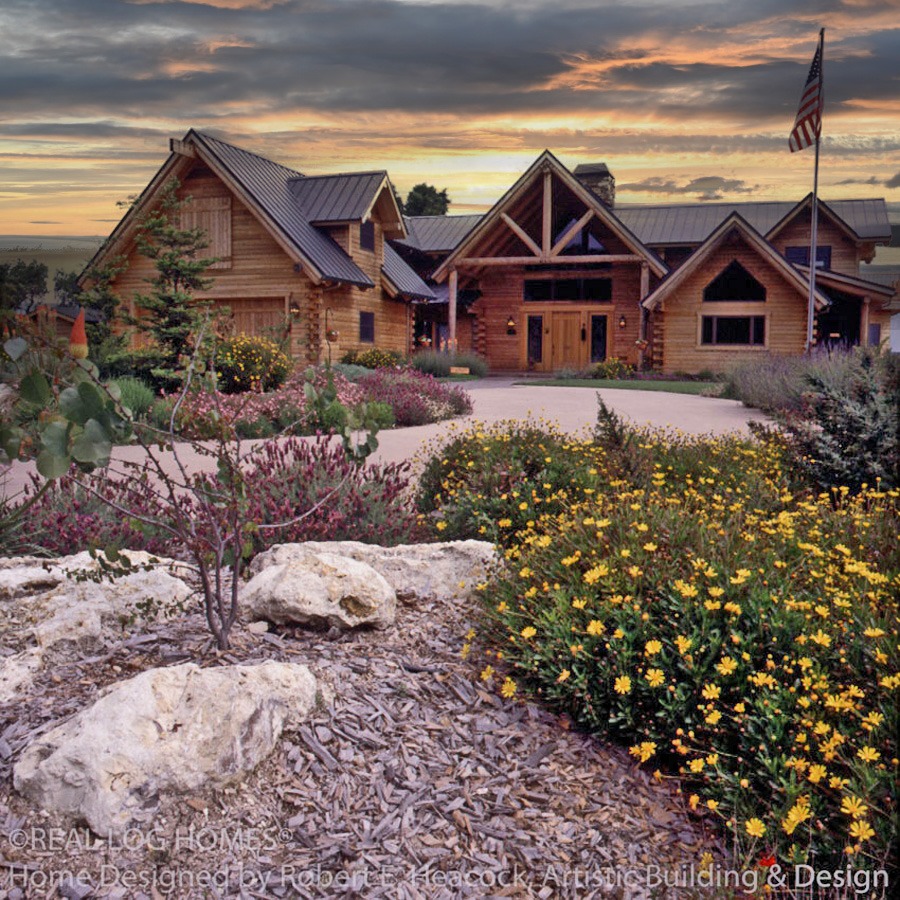
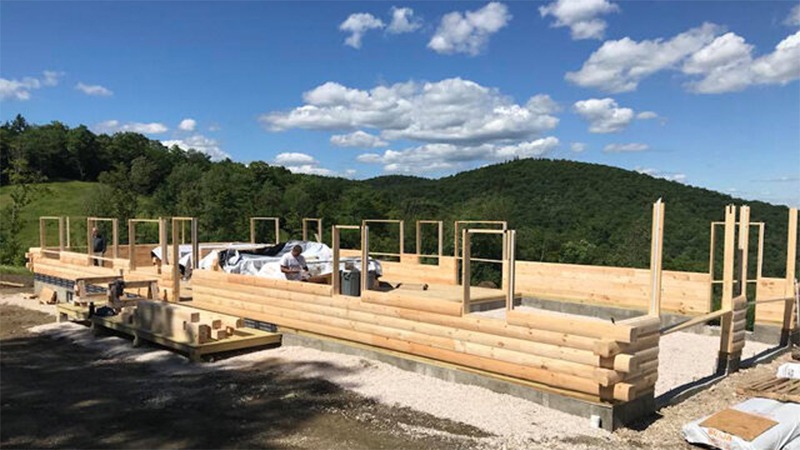
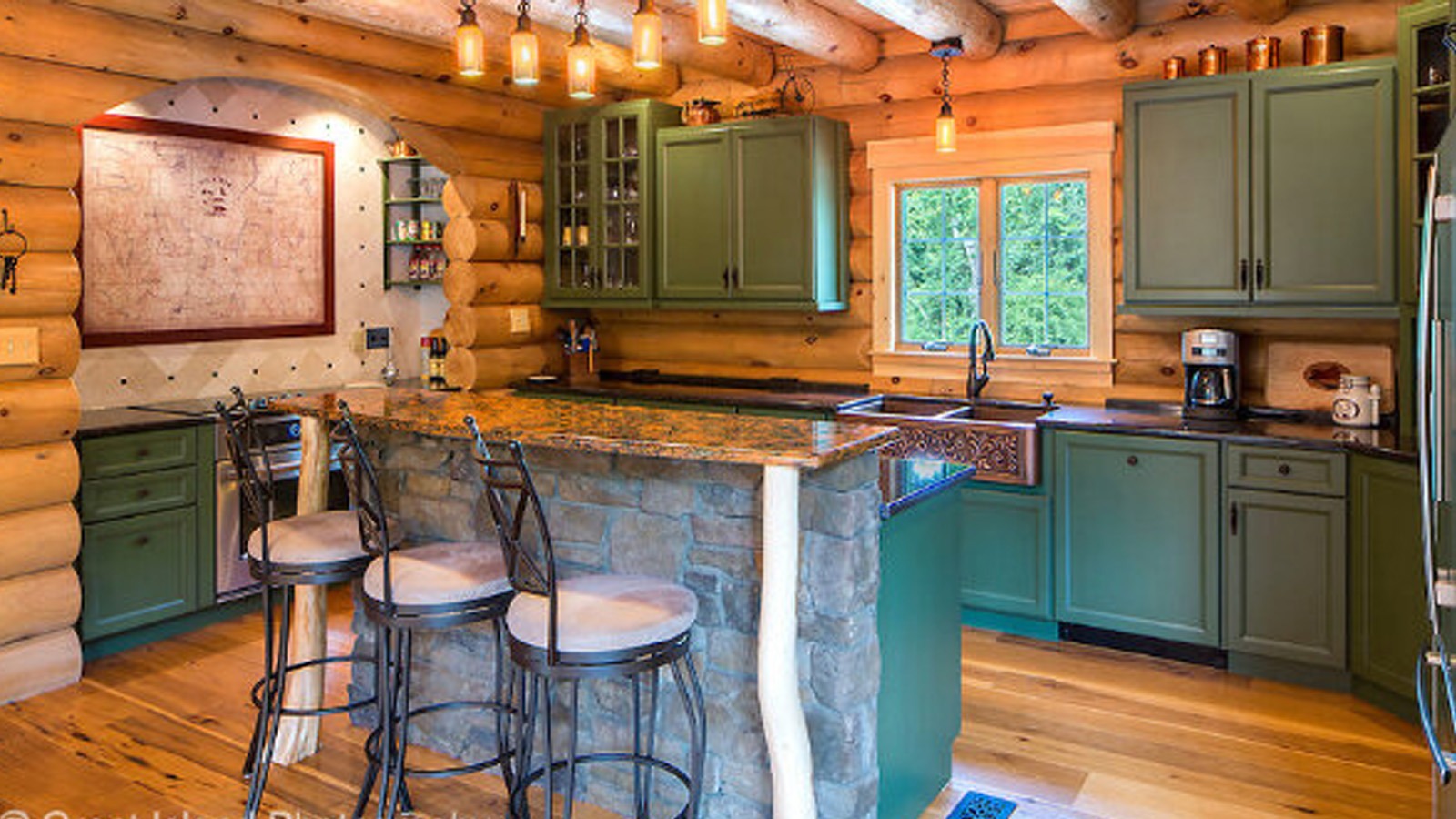
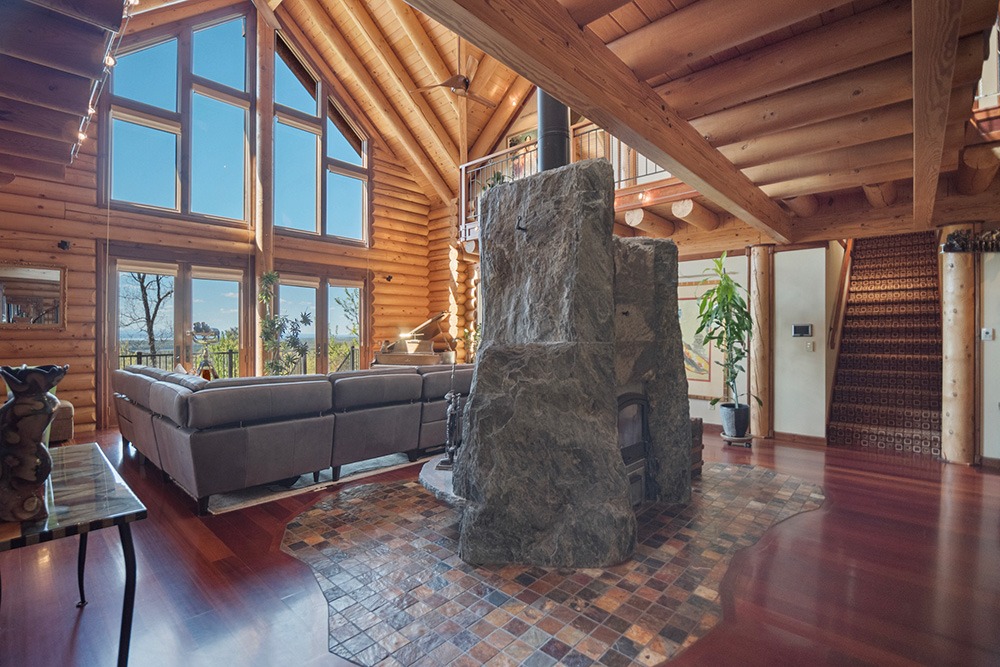
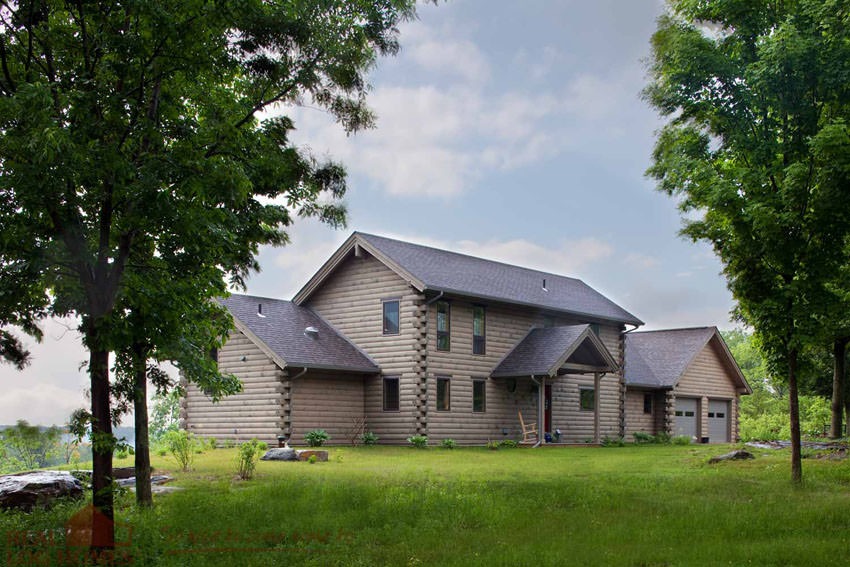
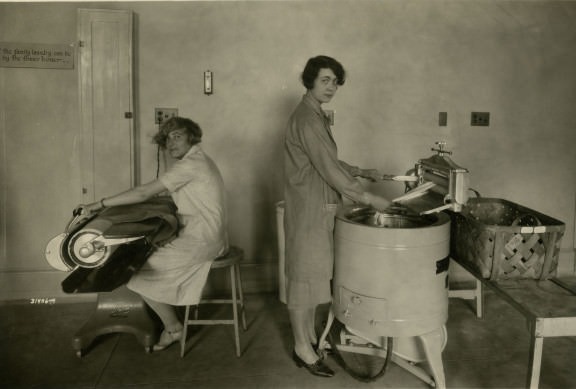
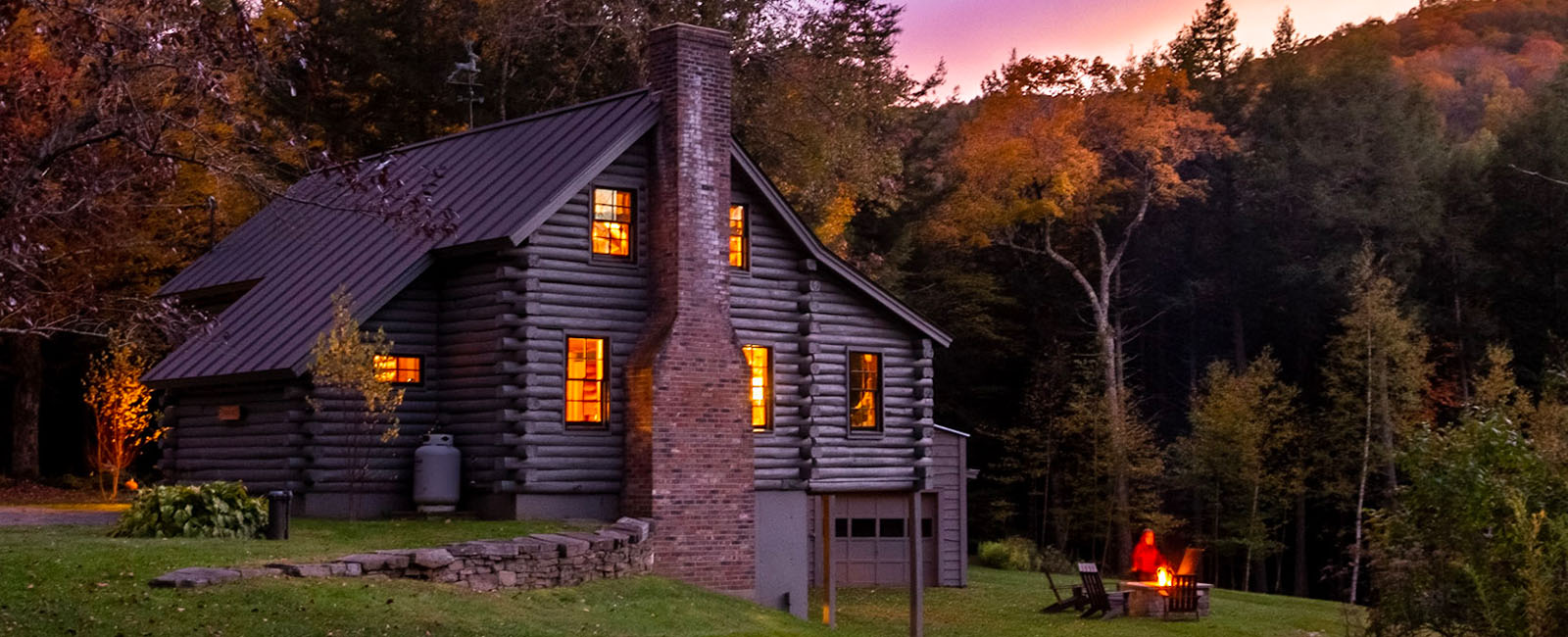
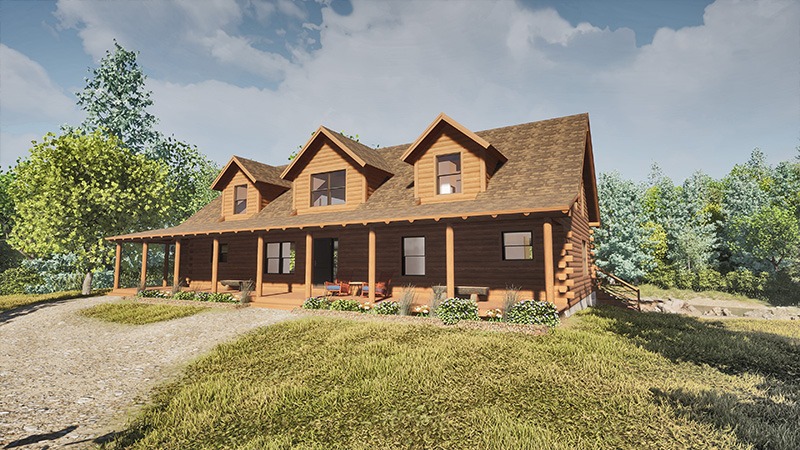
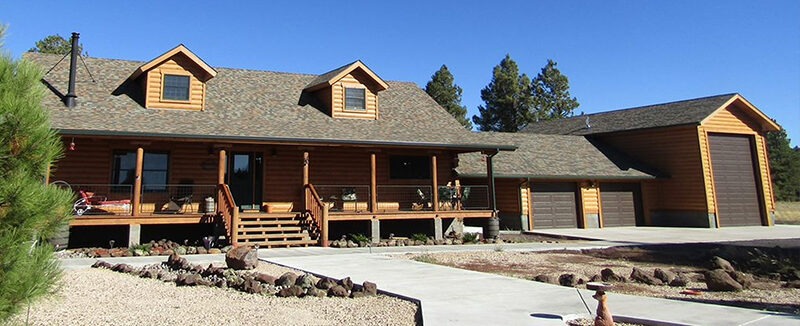
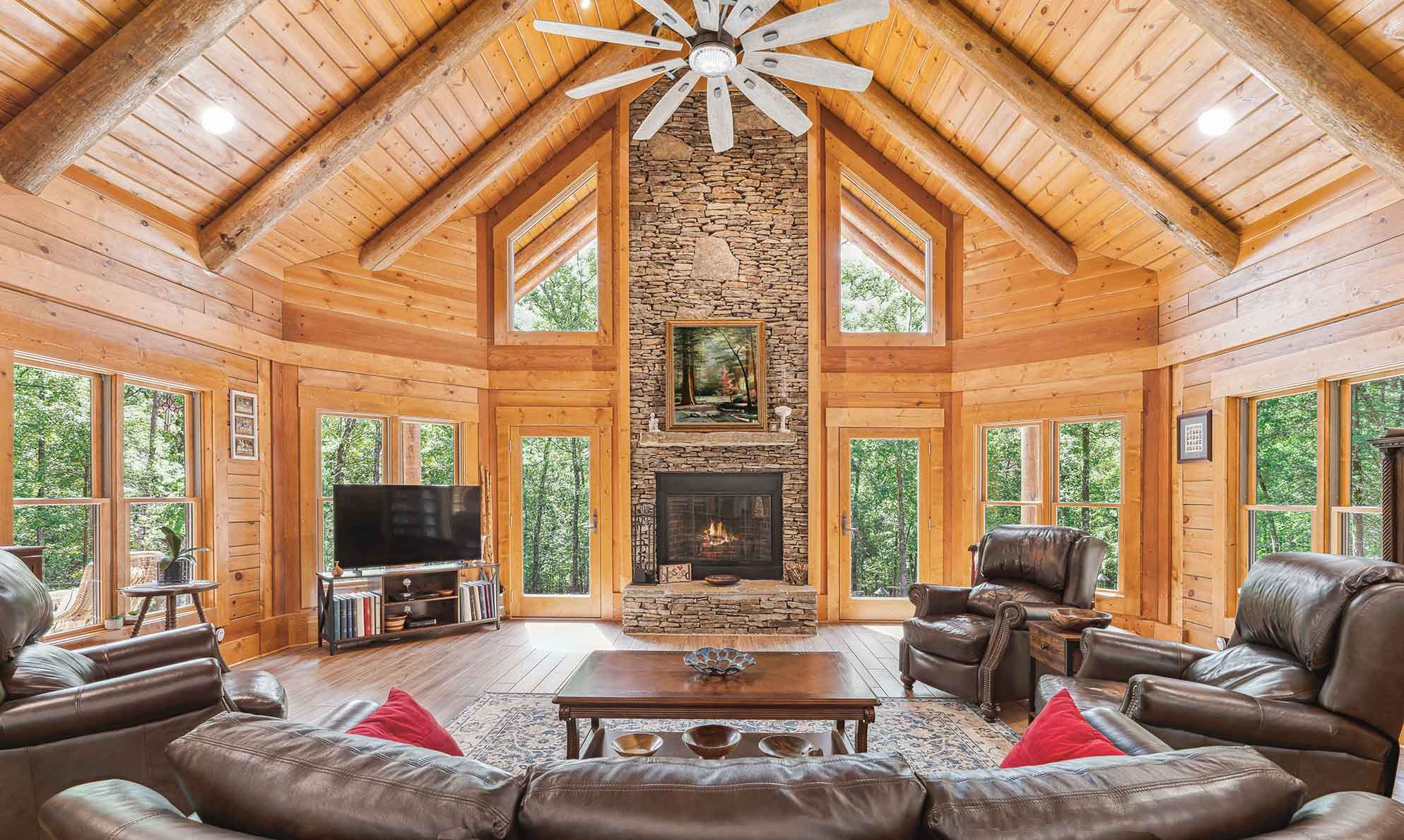

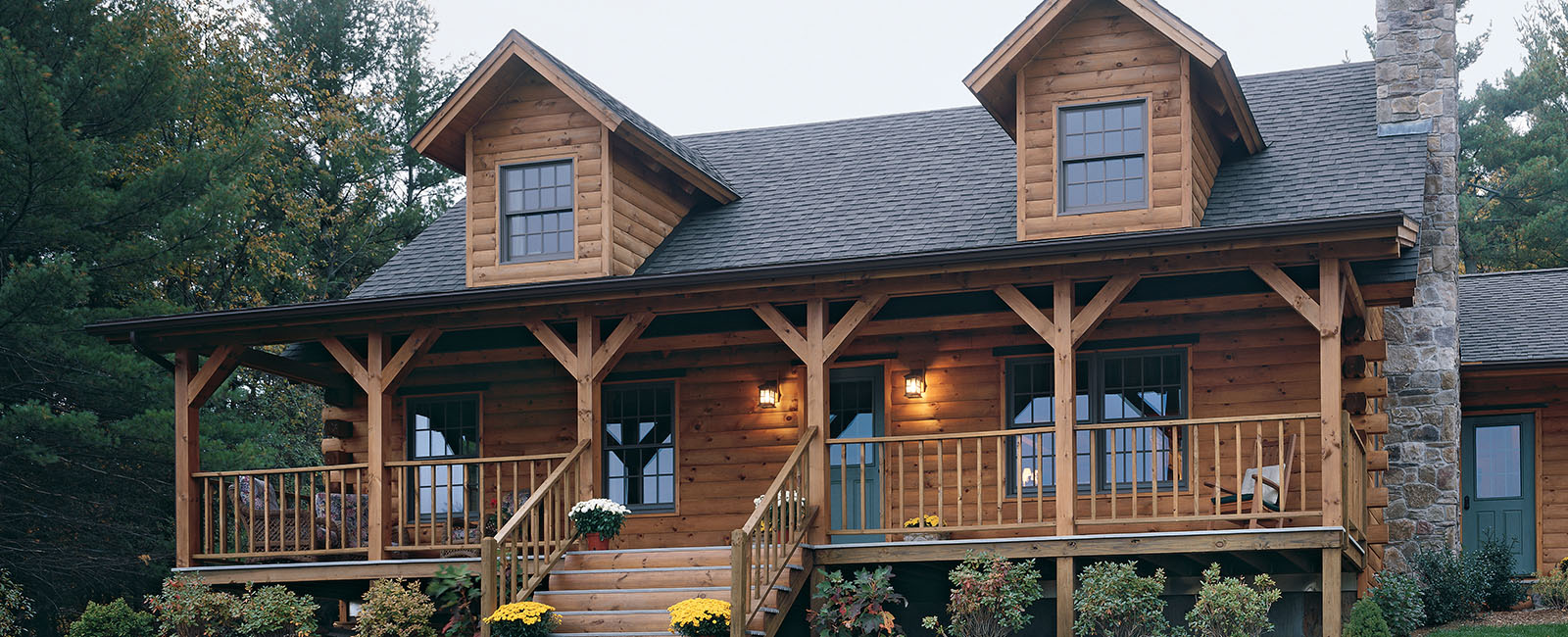
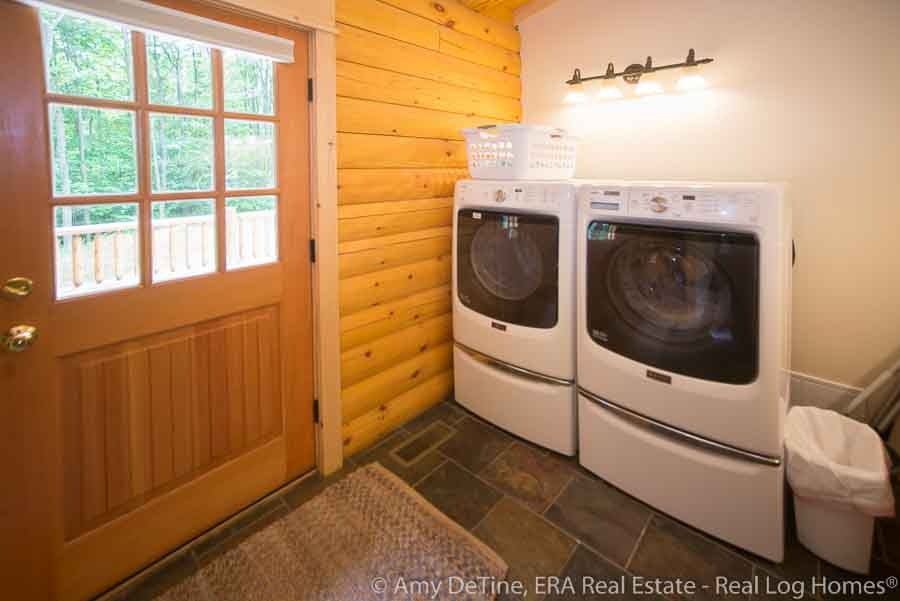
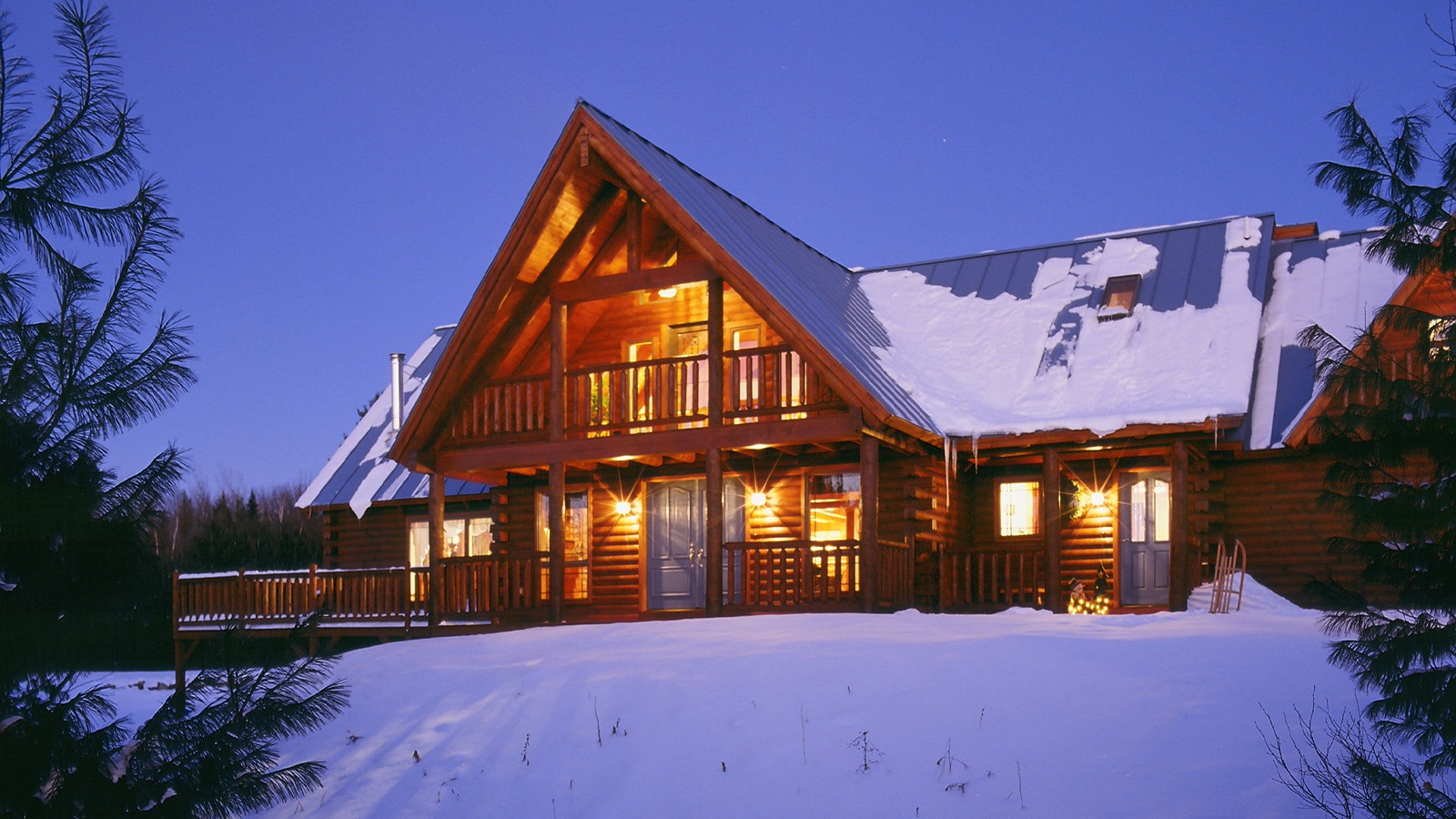
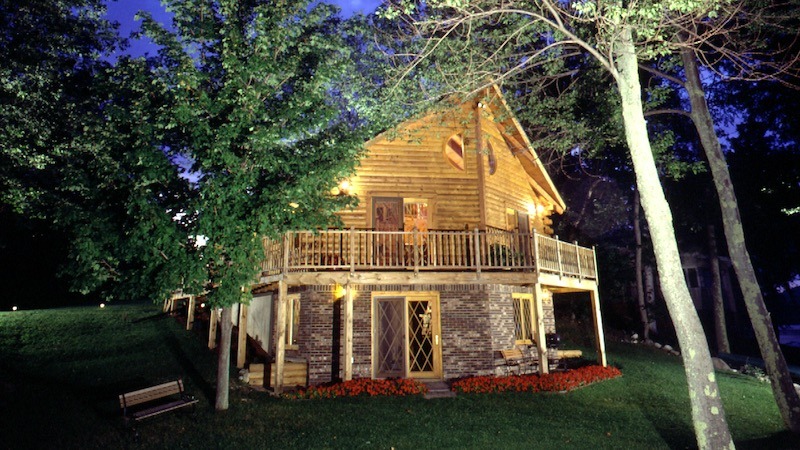
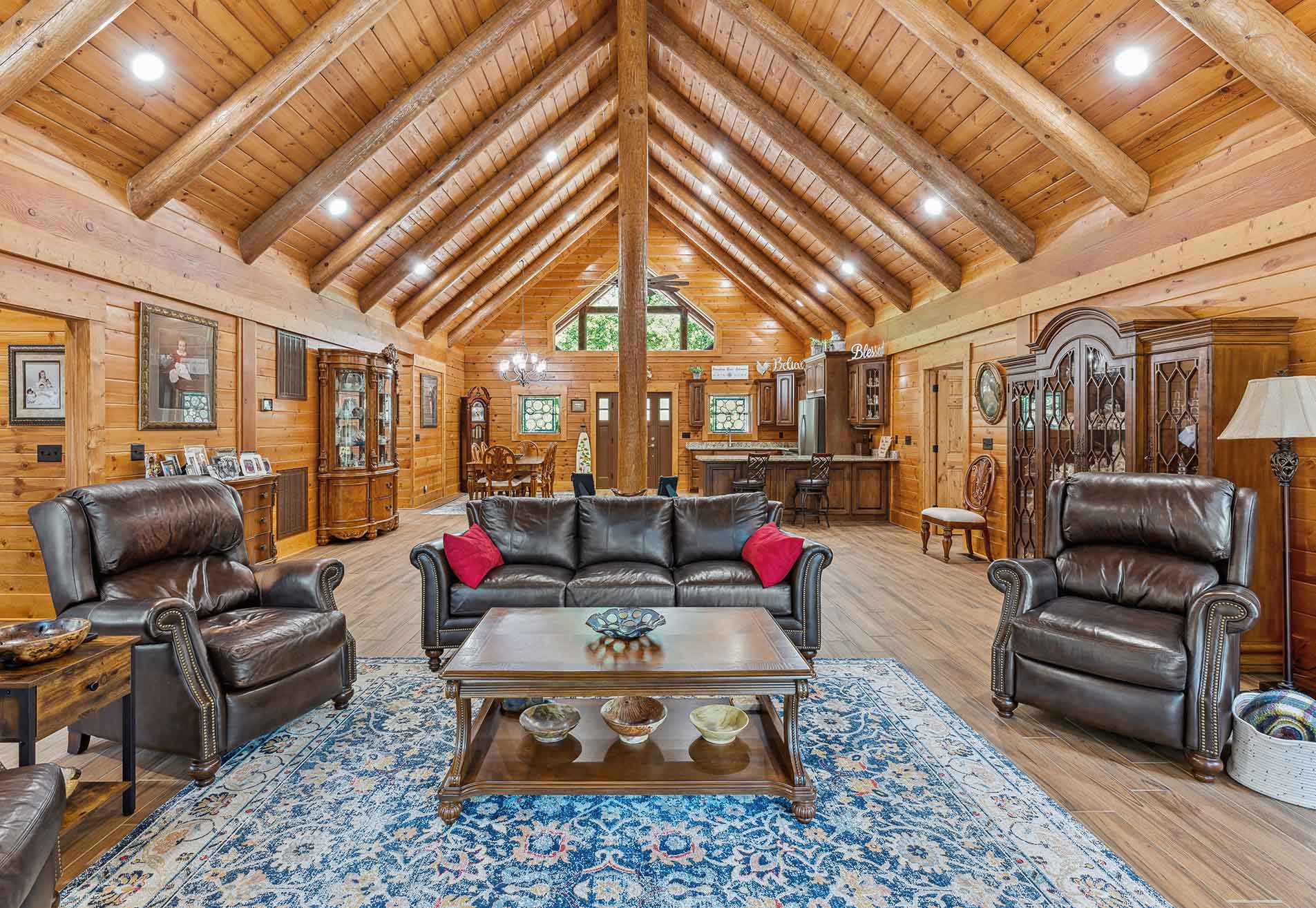
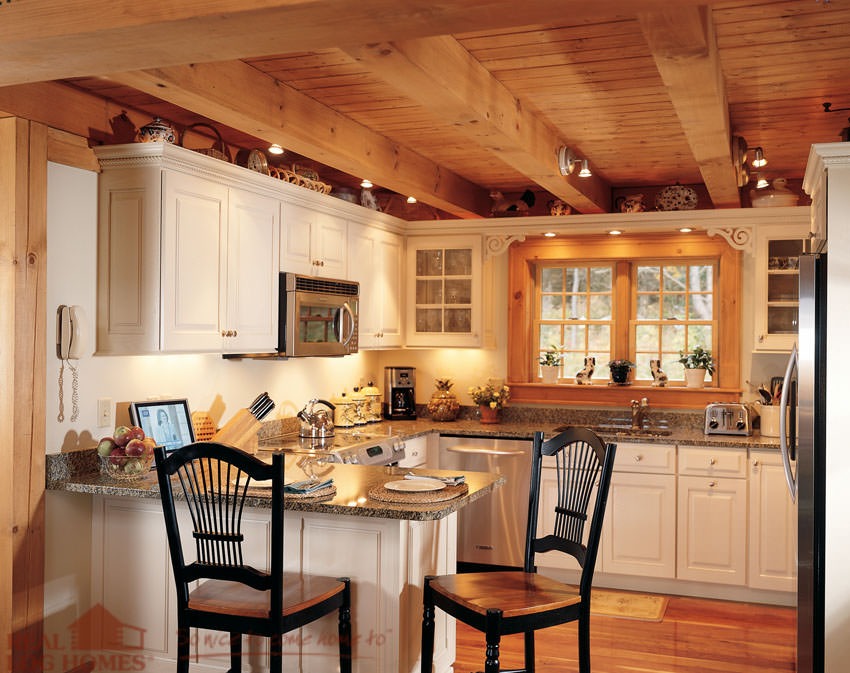
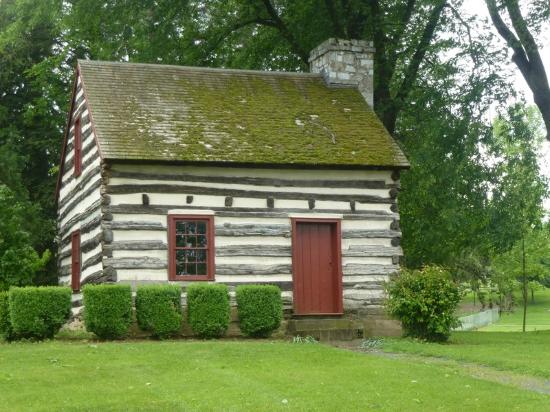
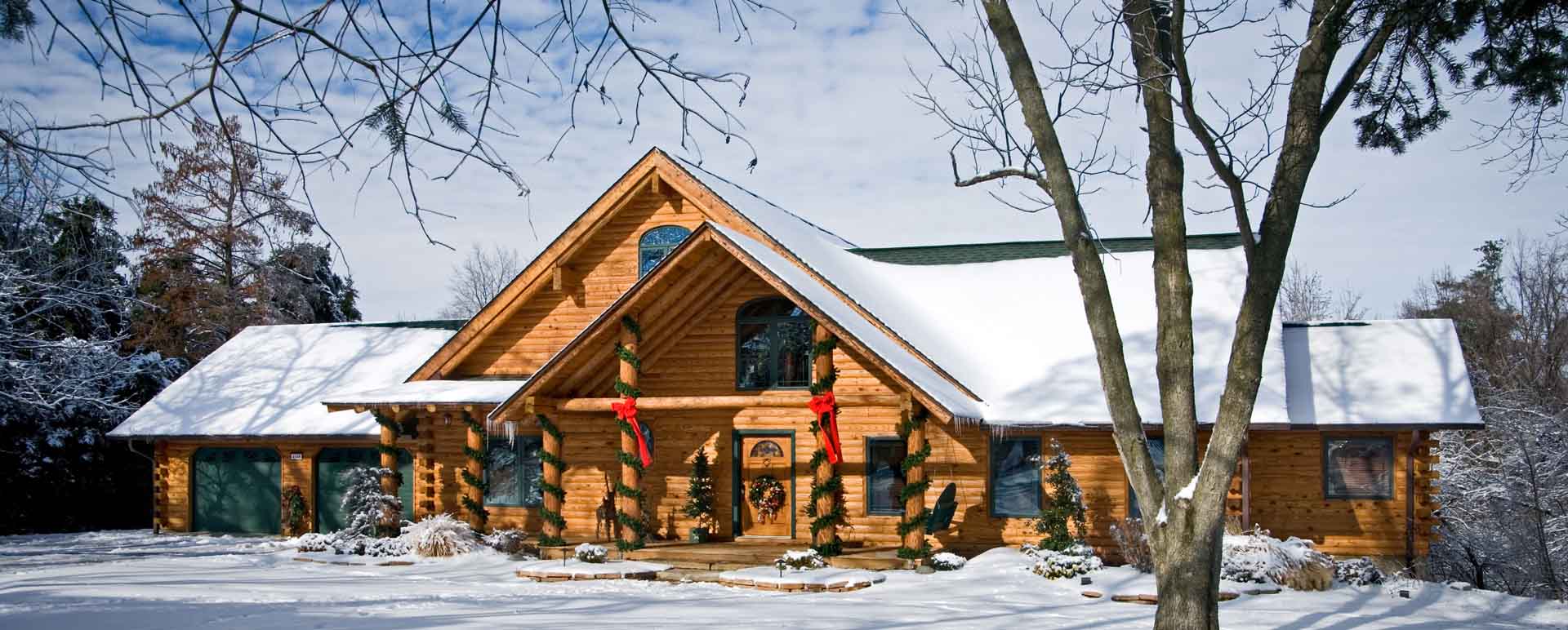
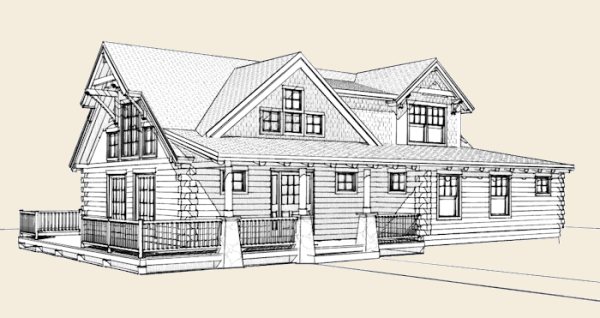

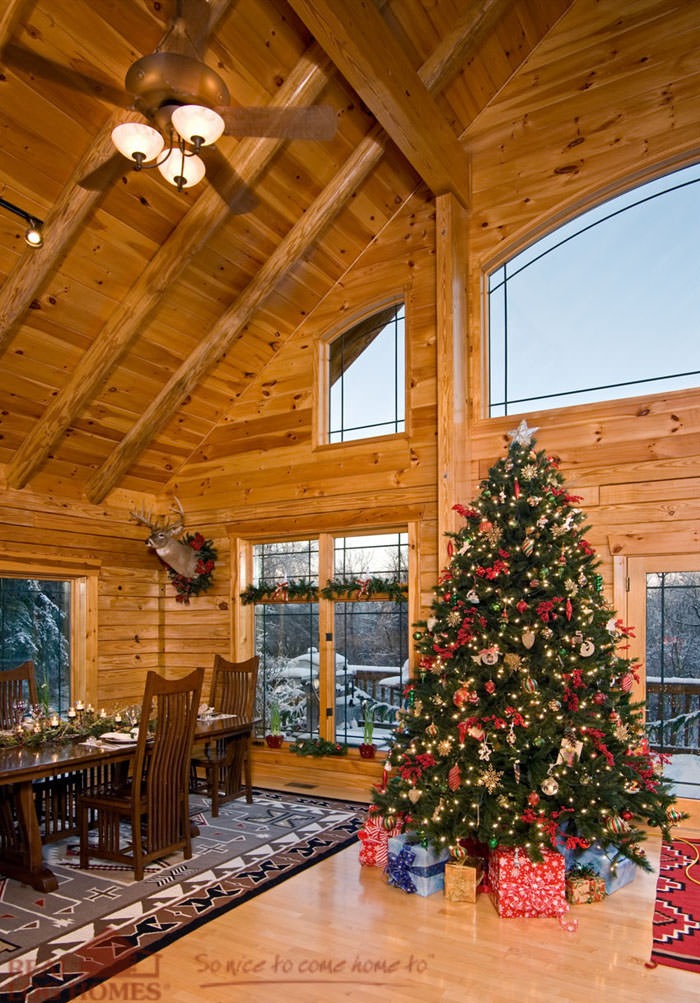
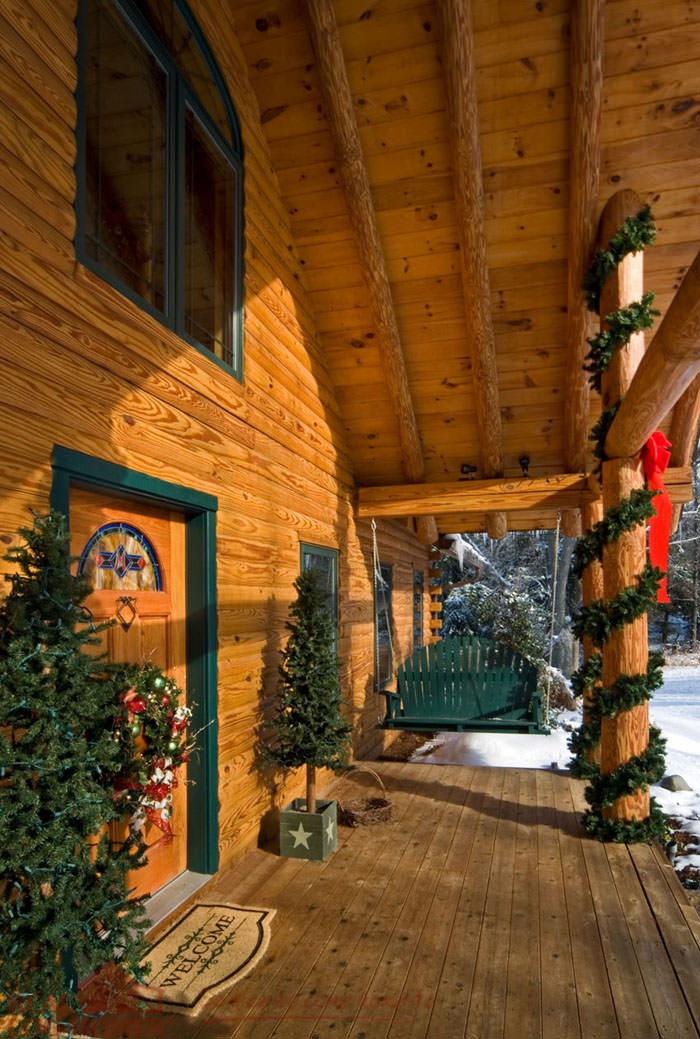
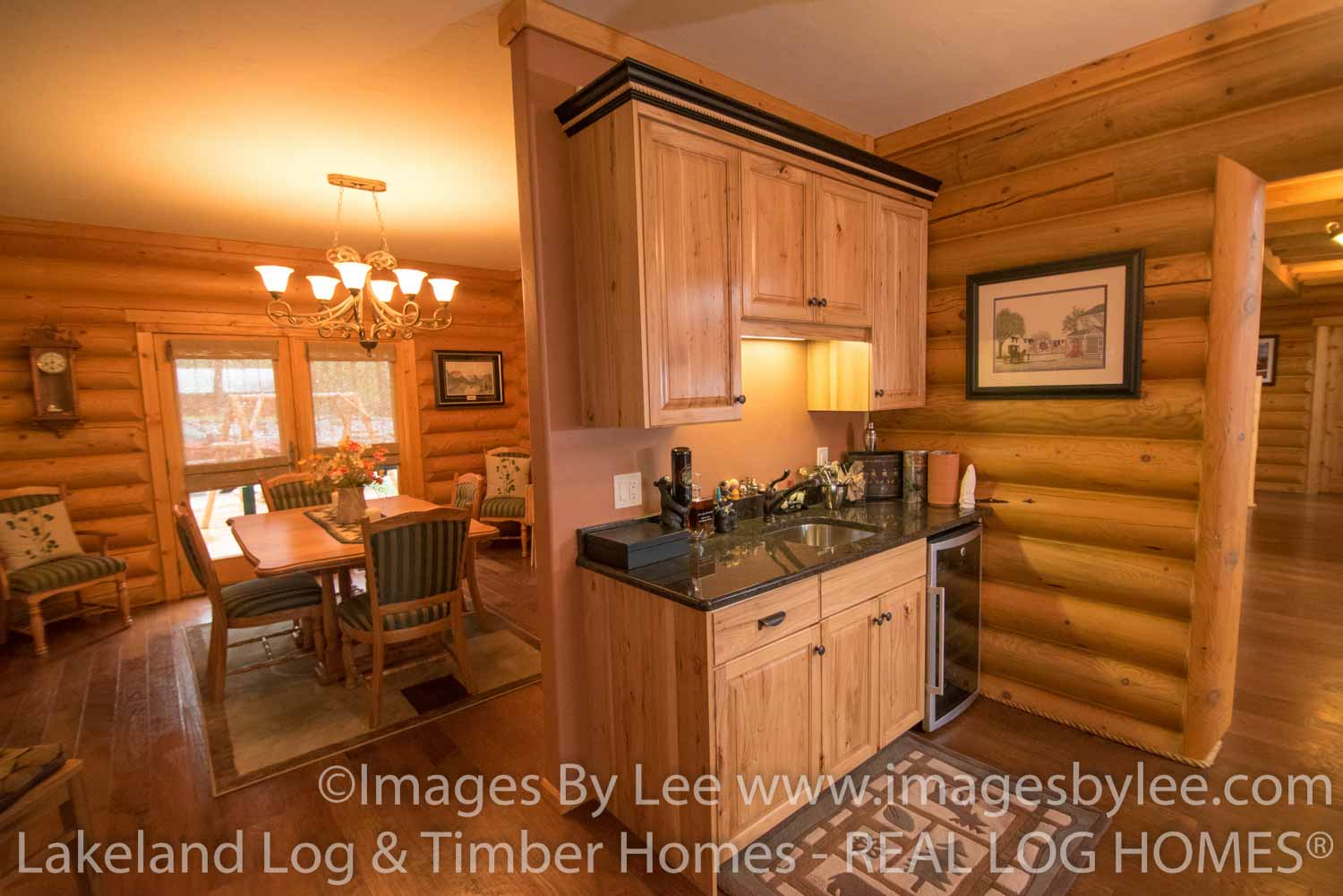
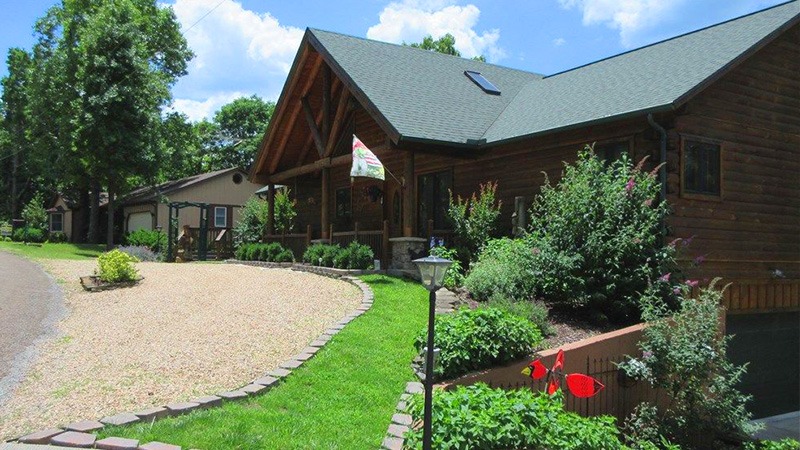
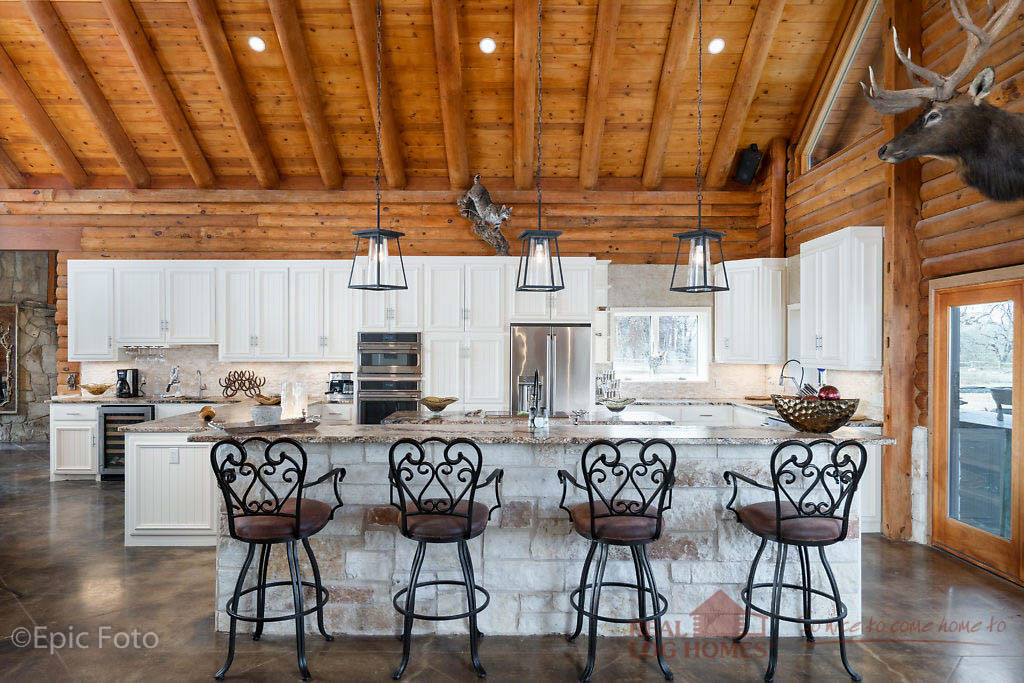
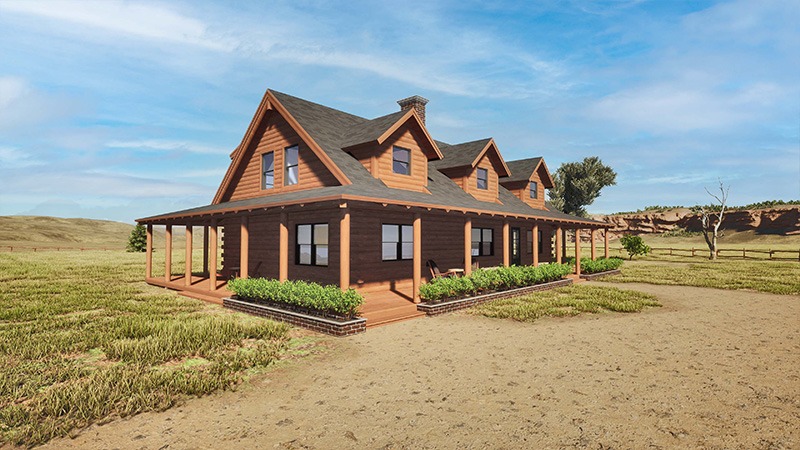
![[KAB-IN] Vermont - Renovated 1972 Real Log Homes Rental Cabin](https://realloghomes.com/wp-content/uploads/2019/03/Cavendish-KAB-IN-Woodstock-VT-52.jpg)
